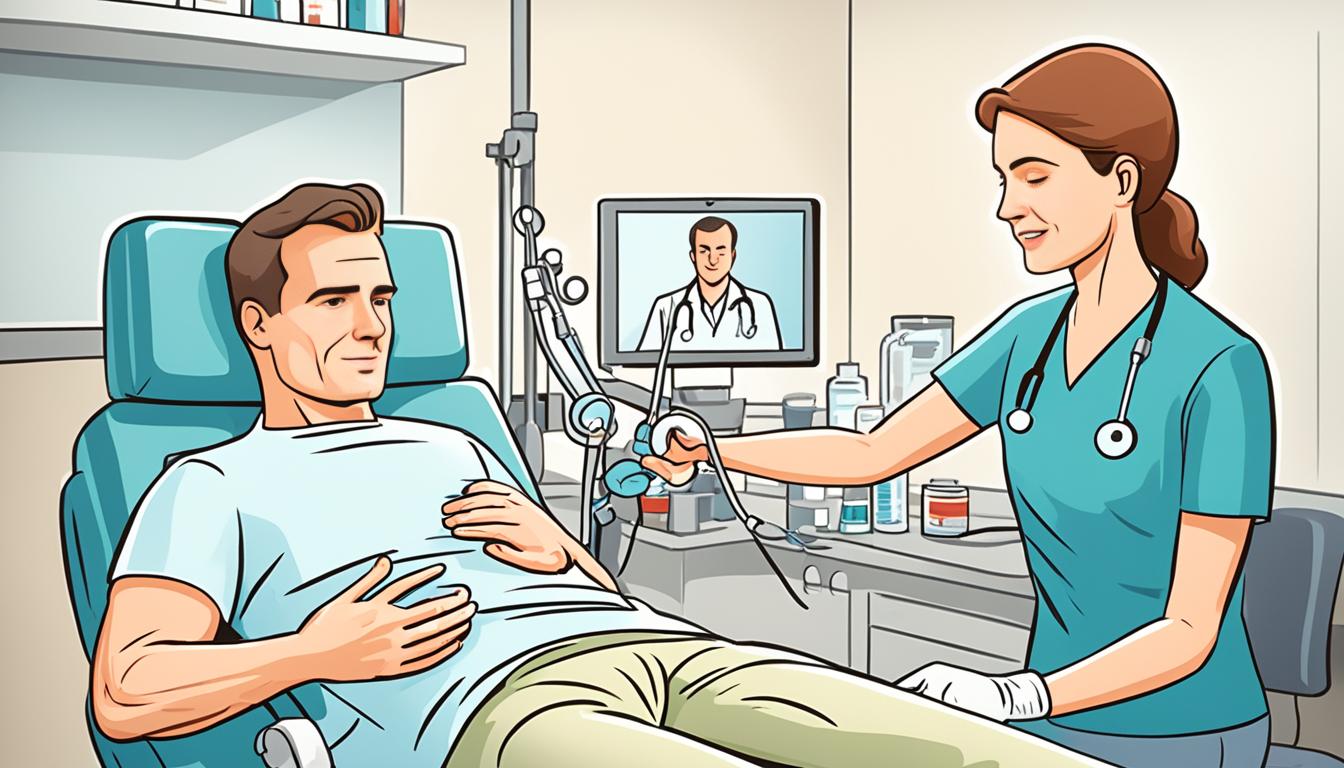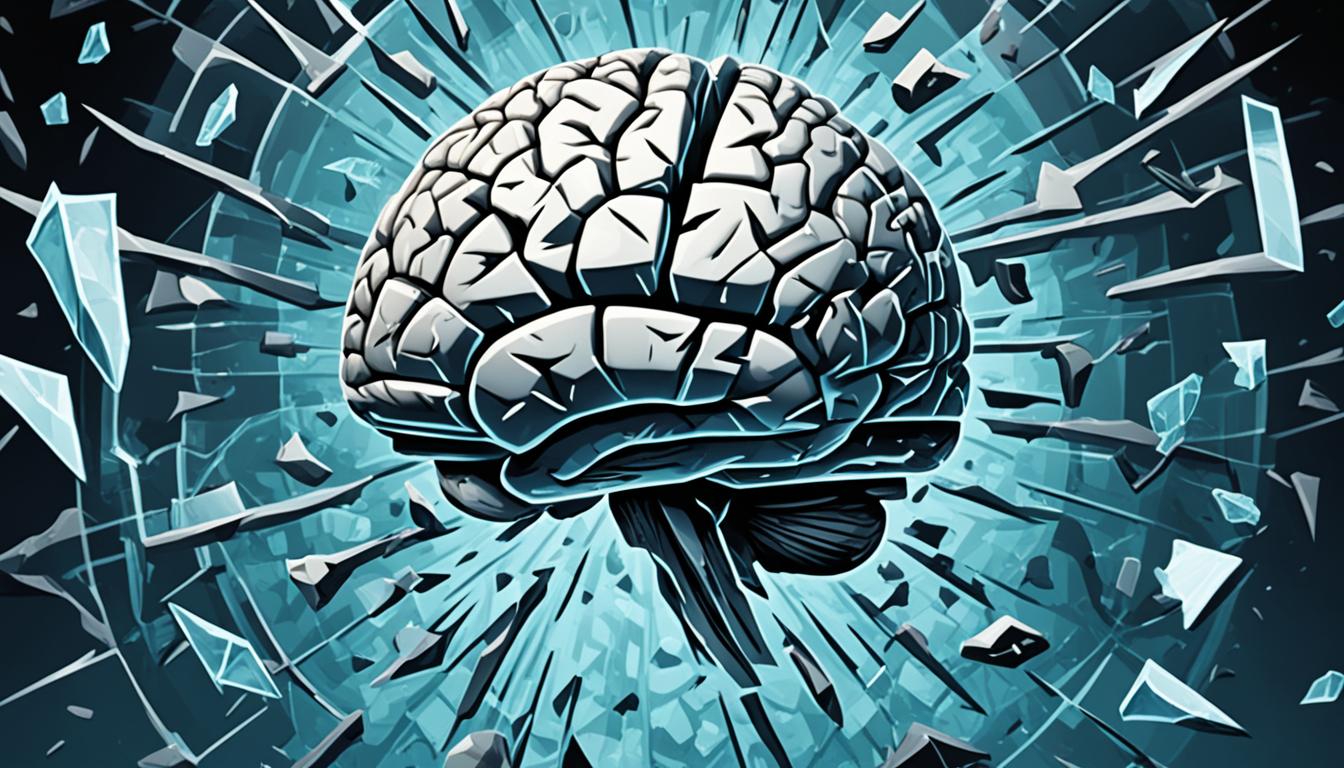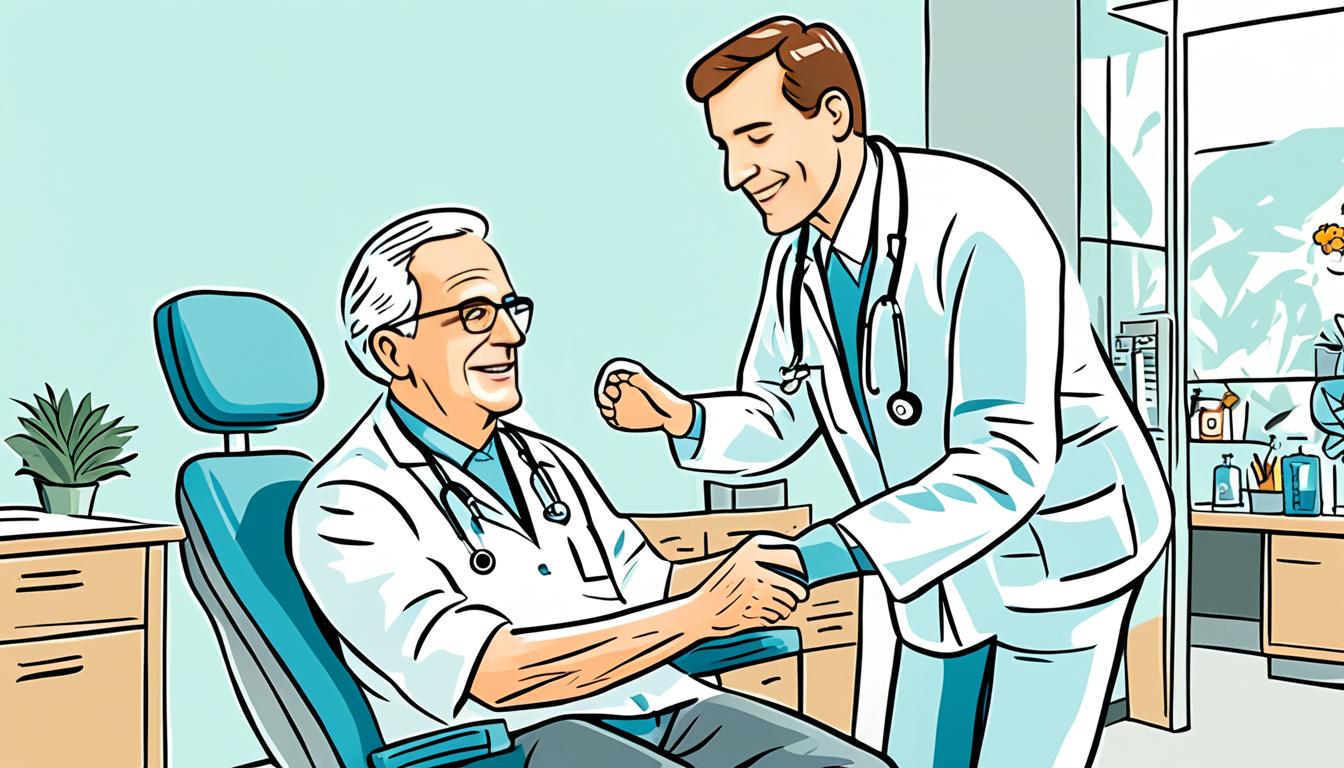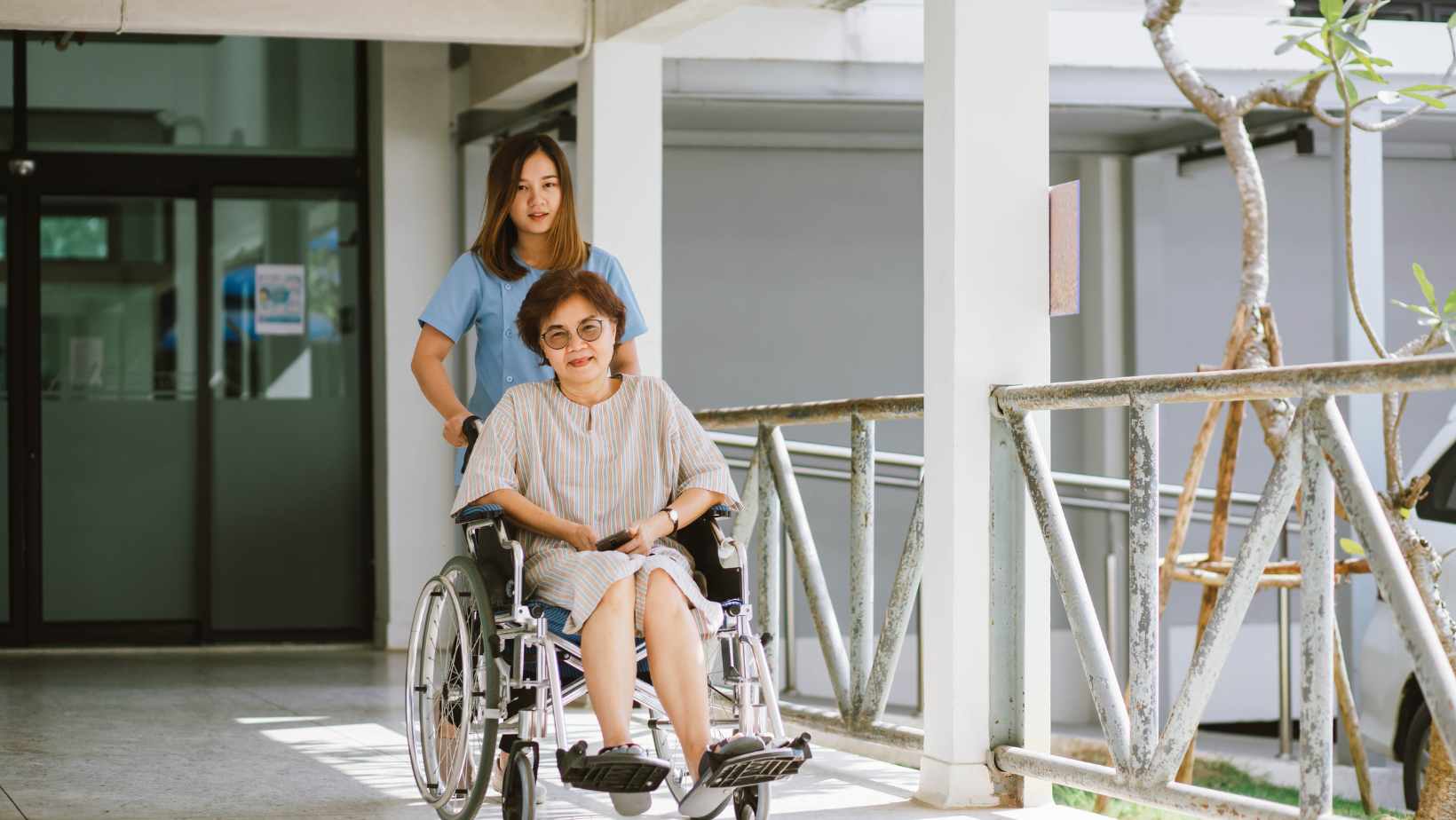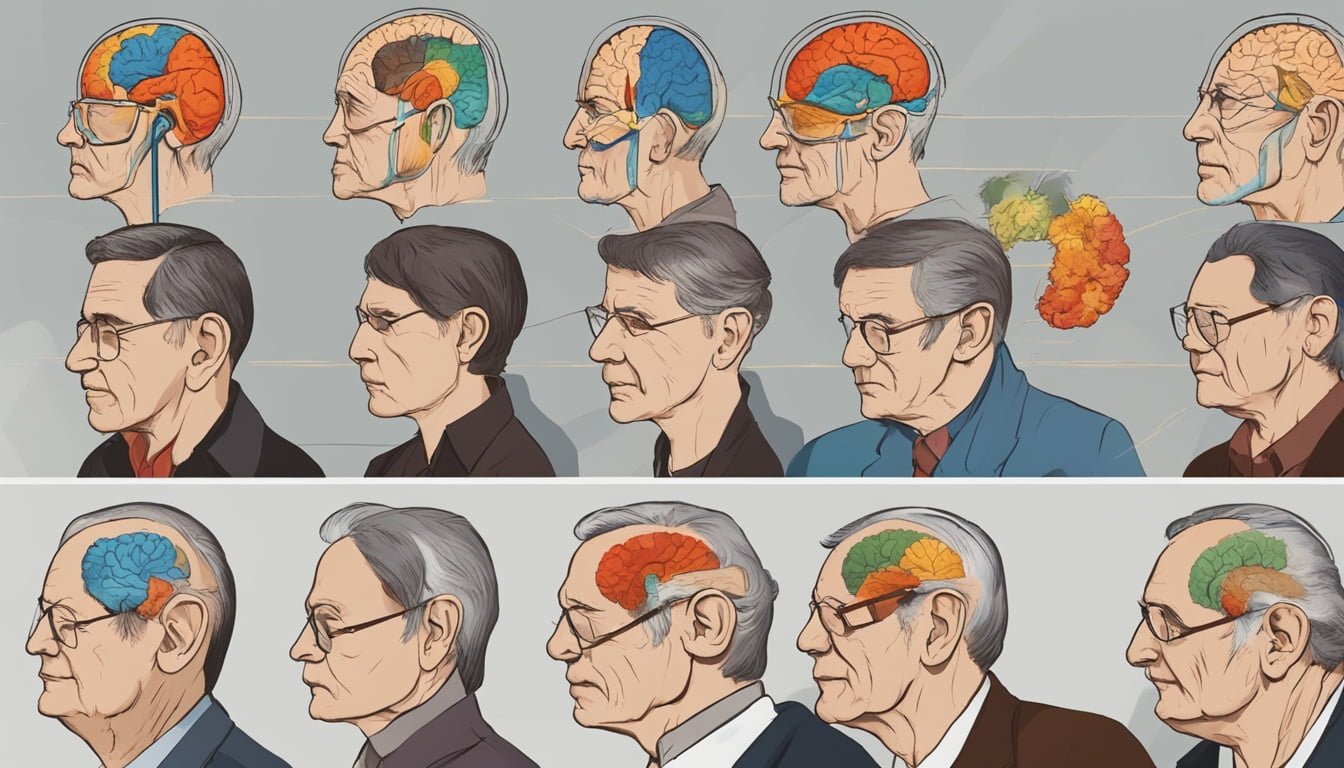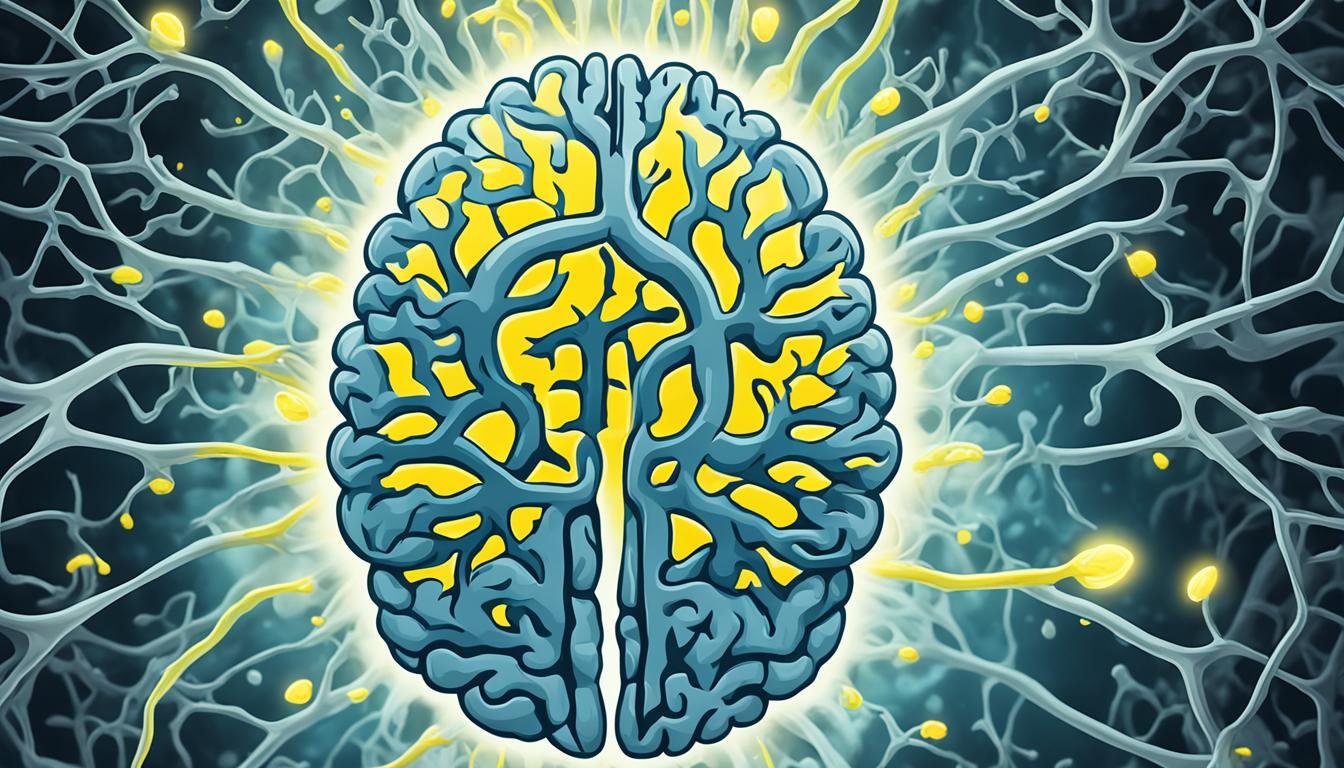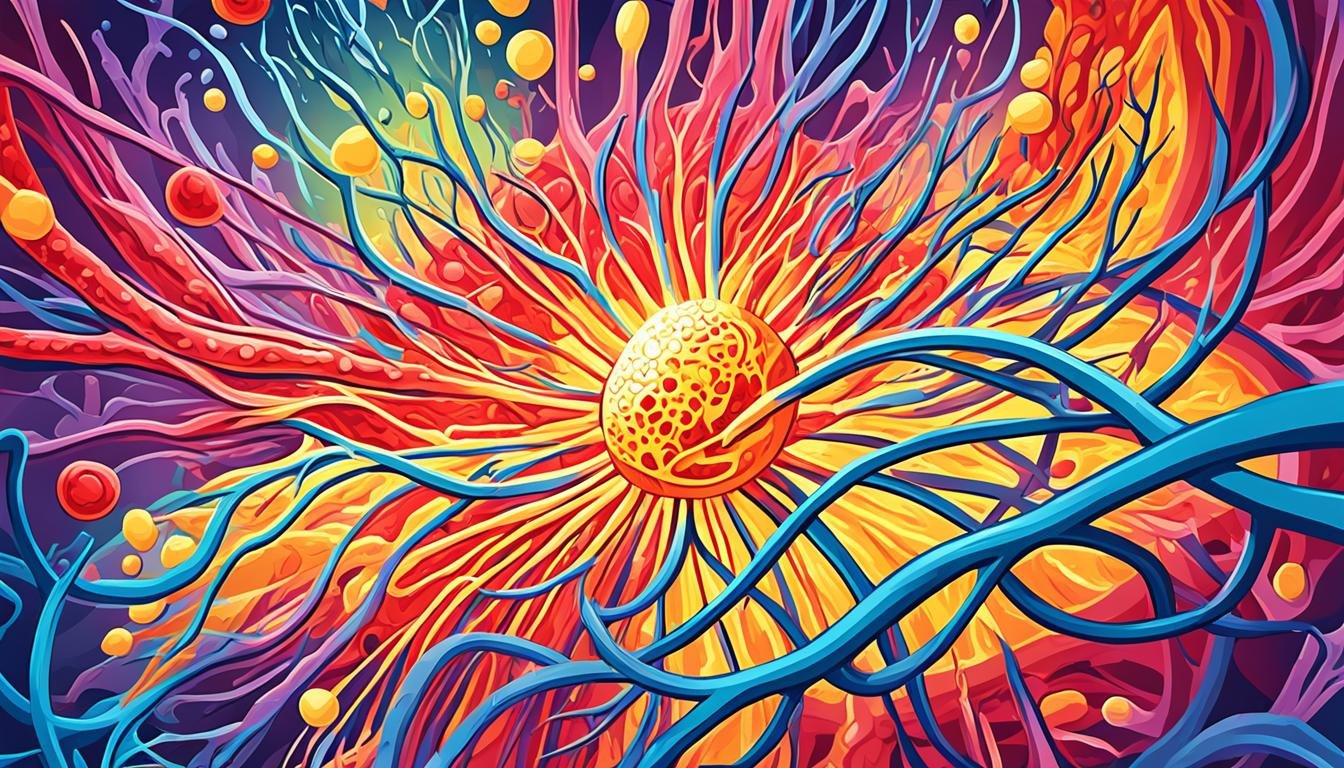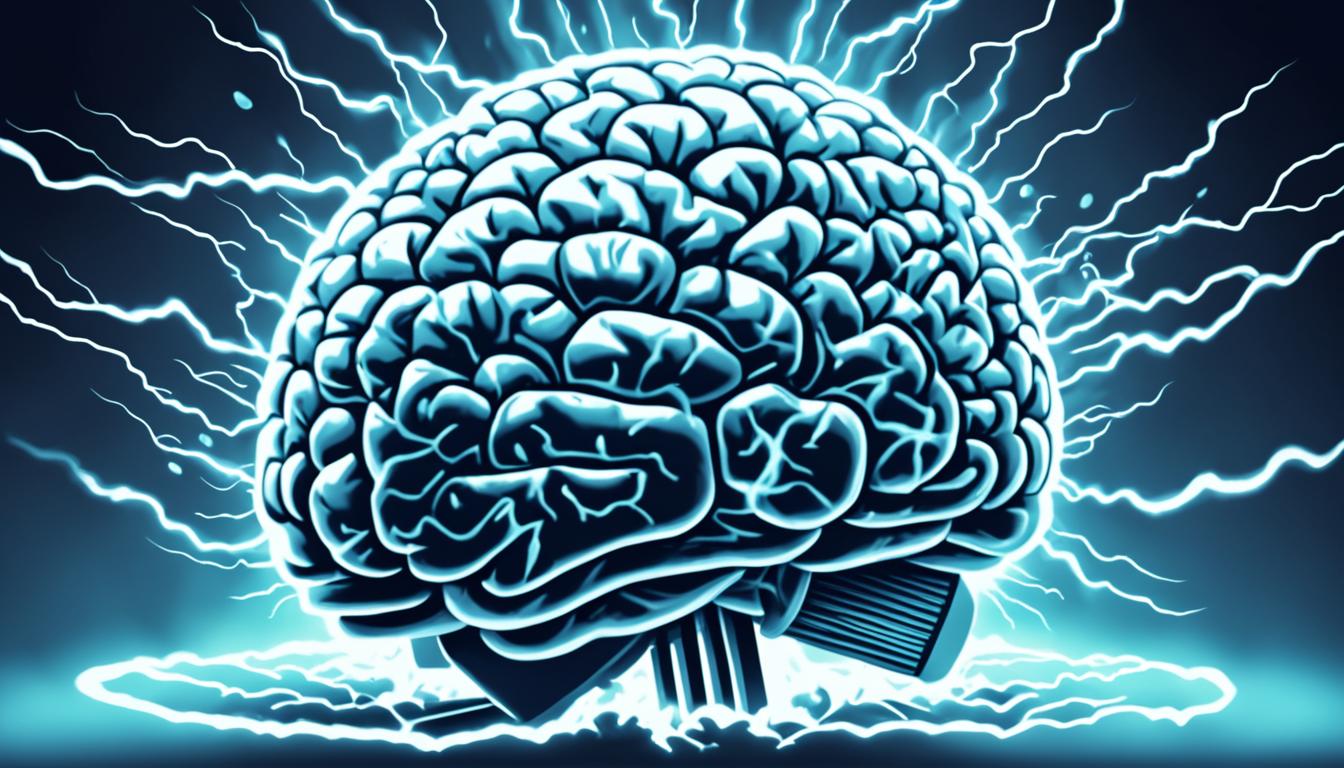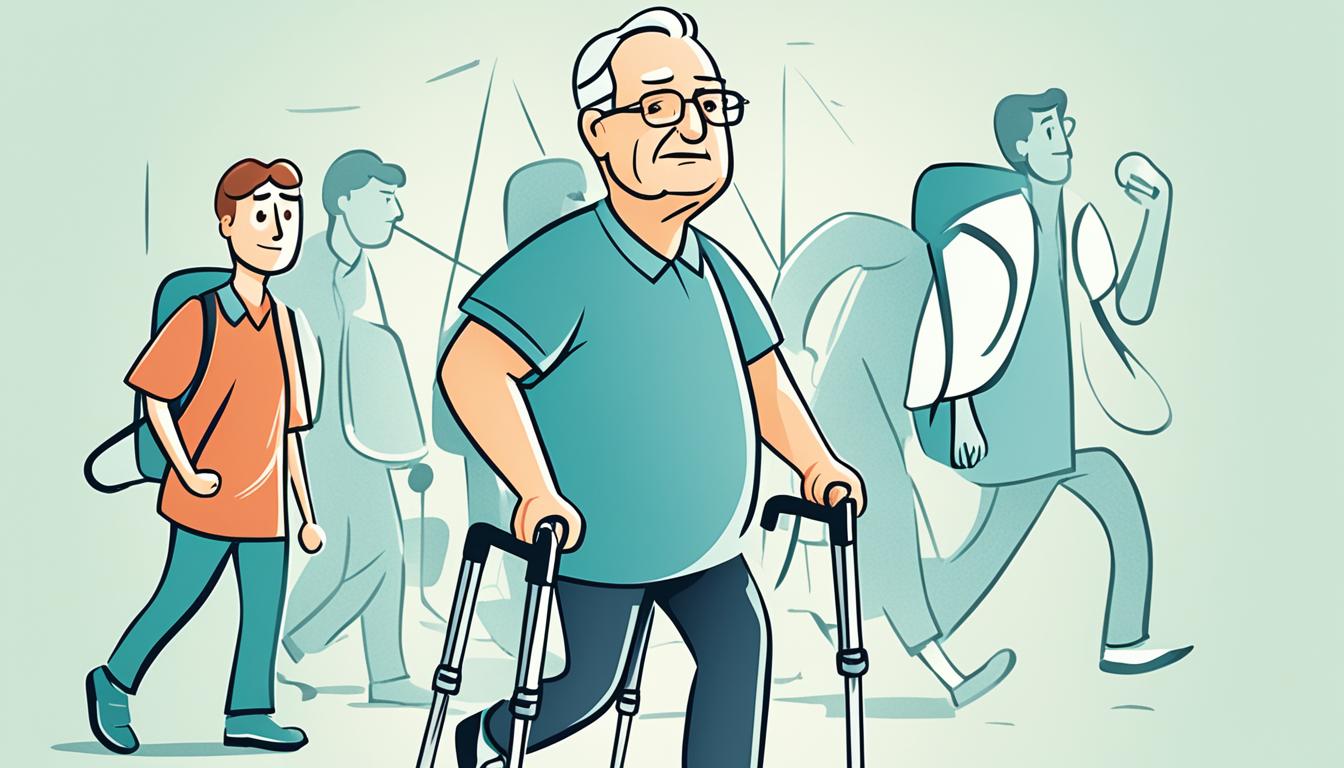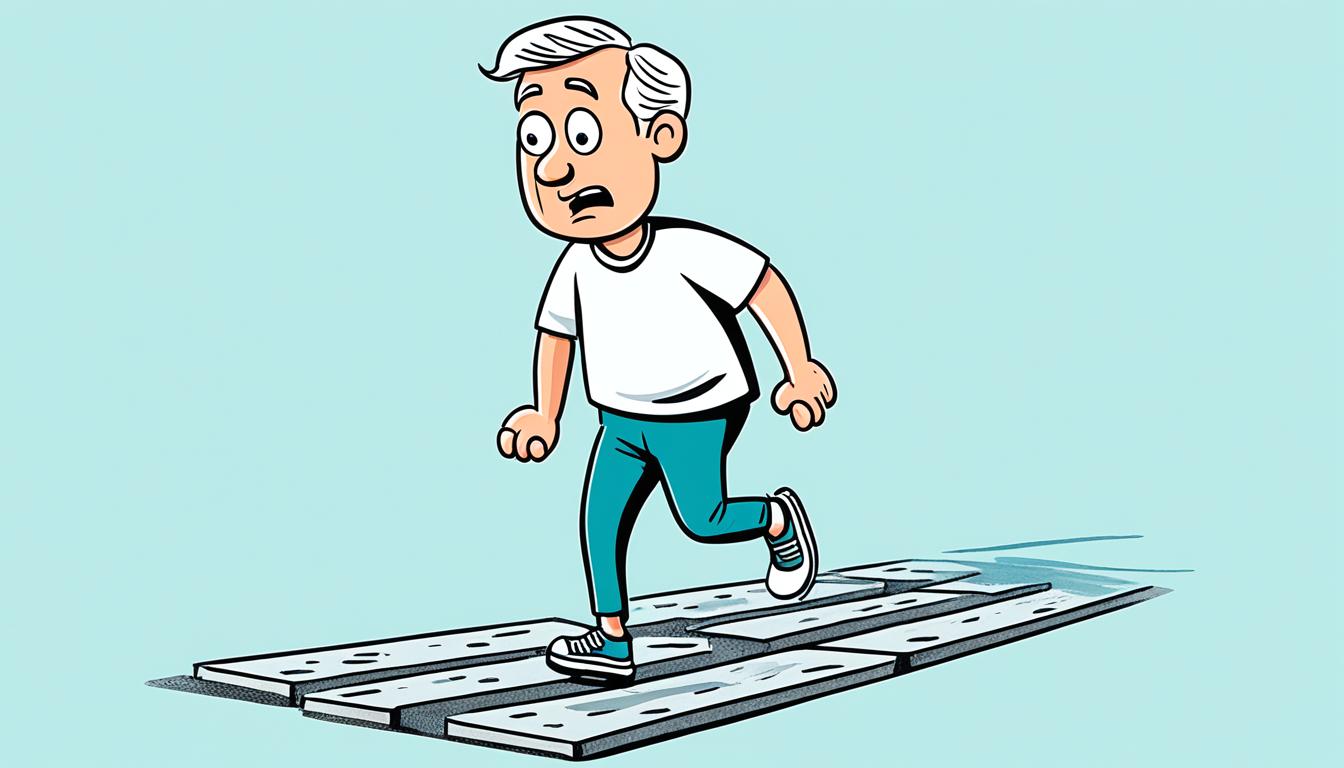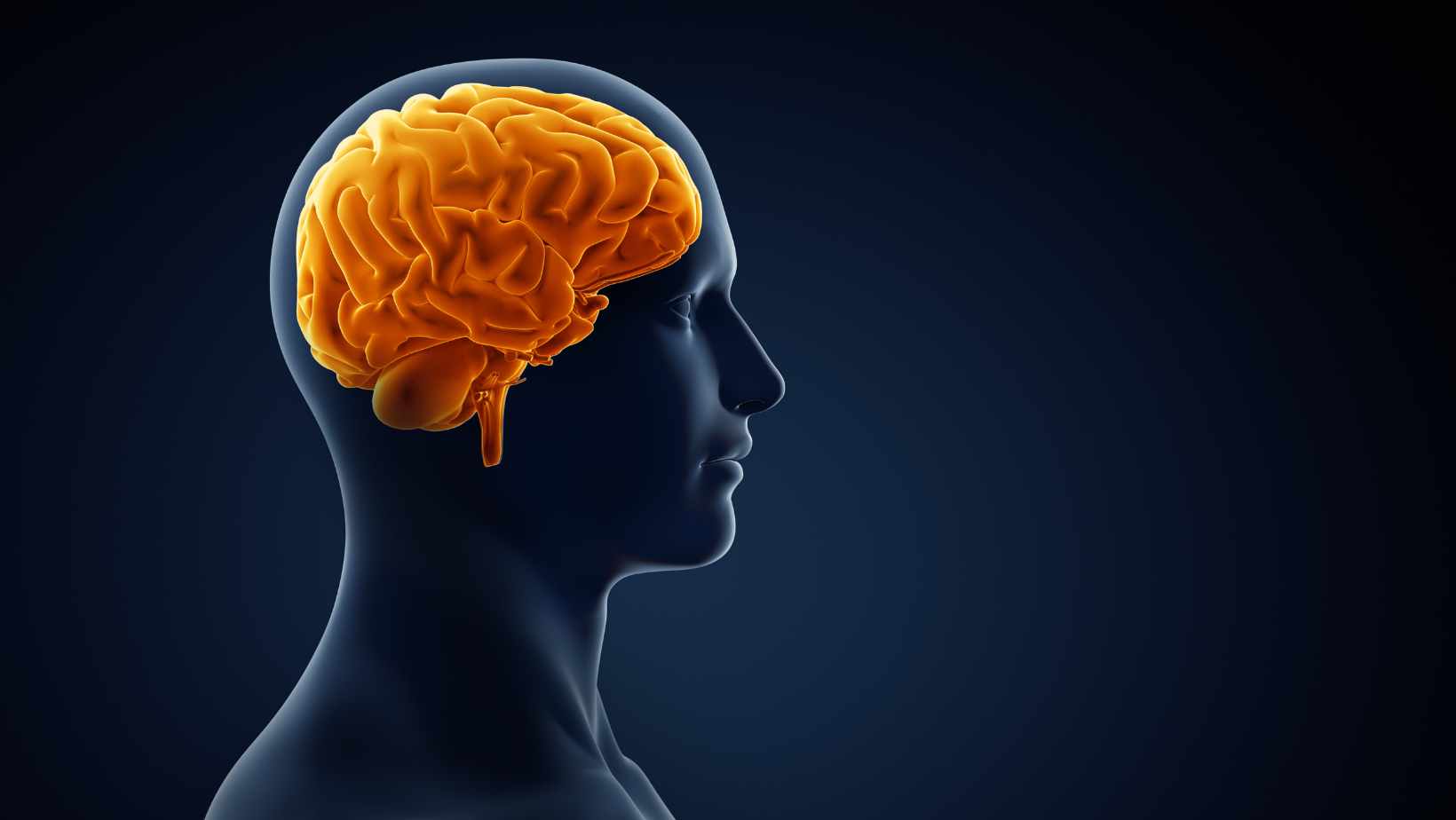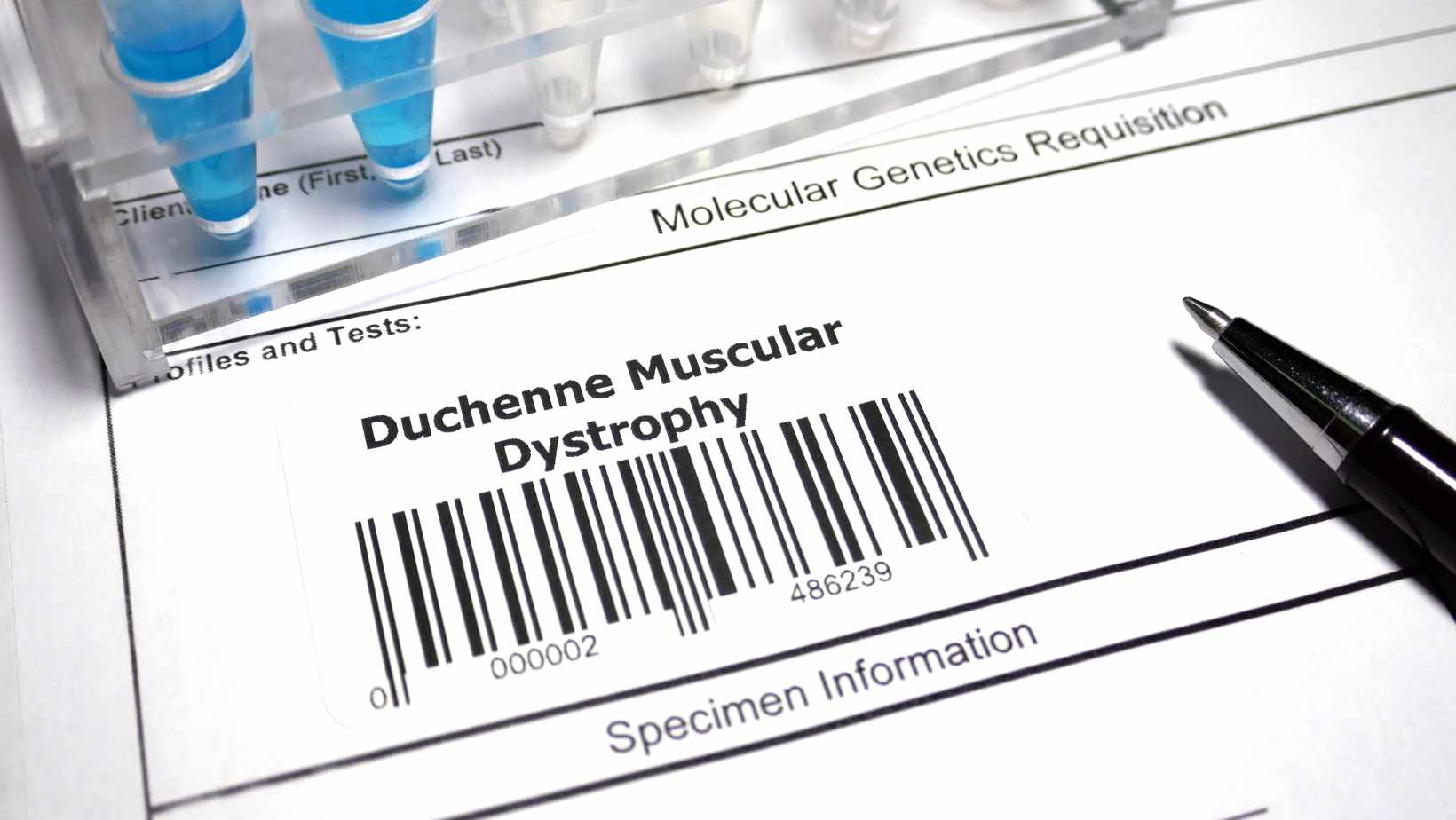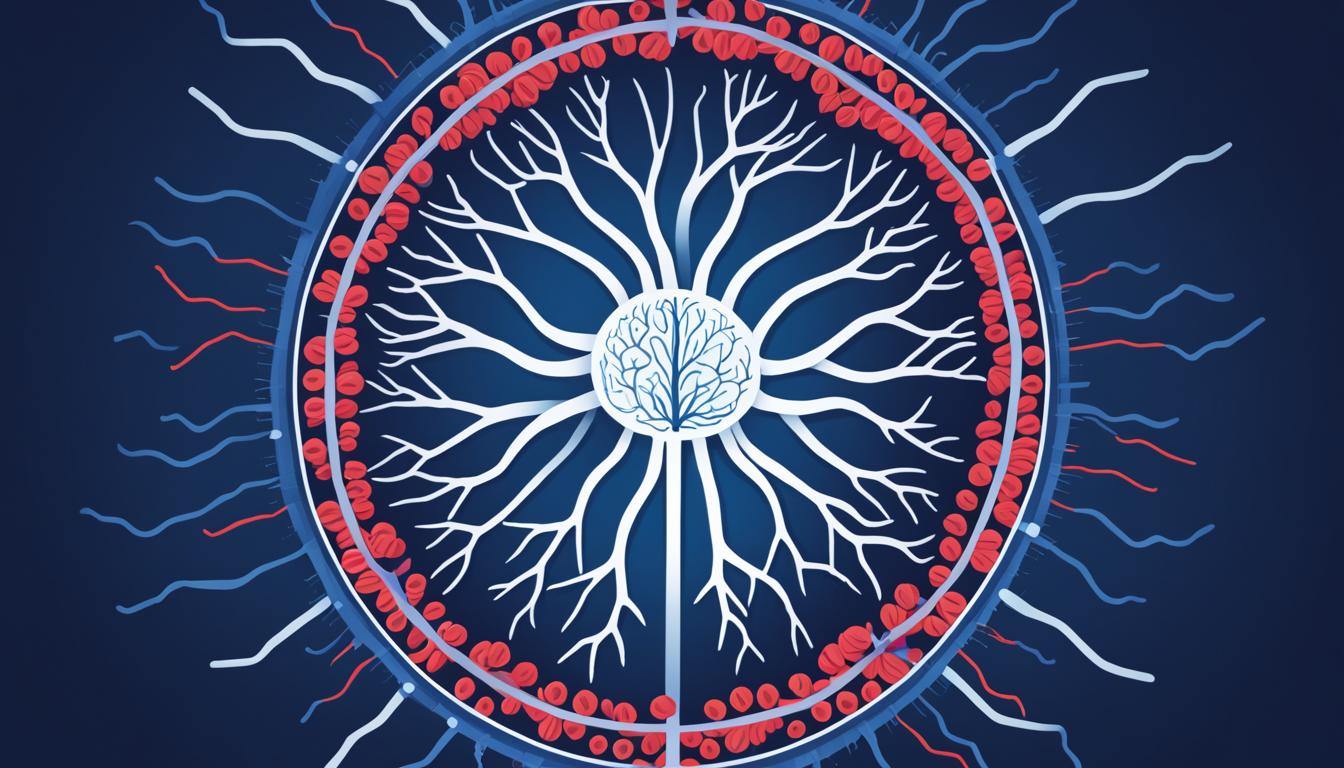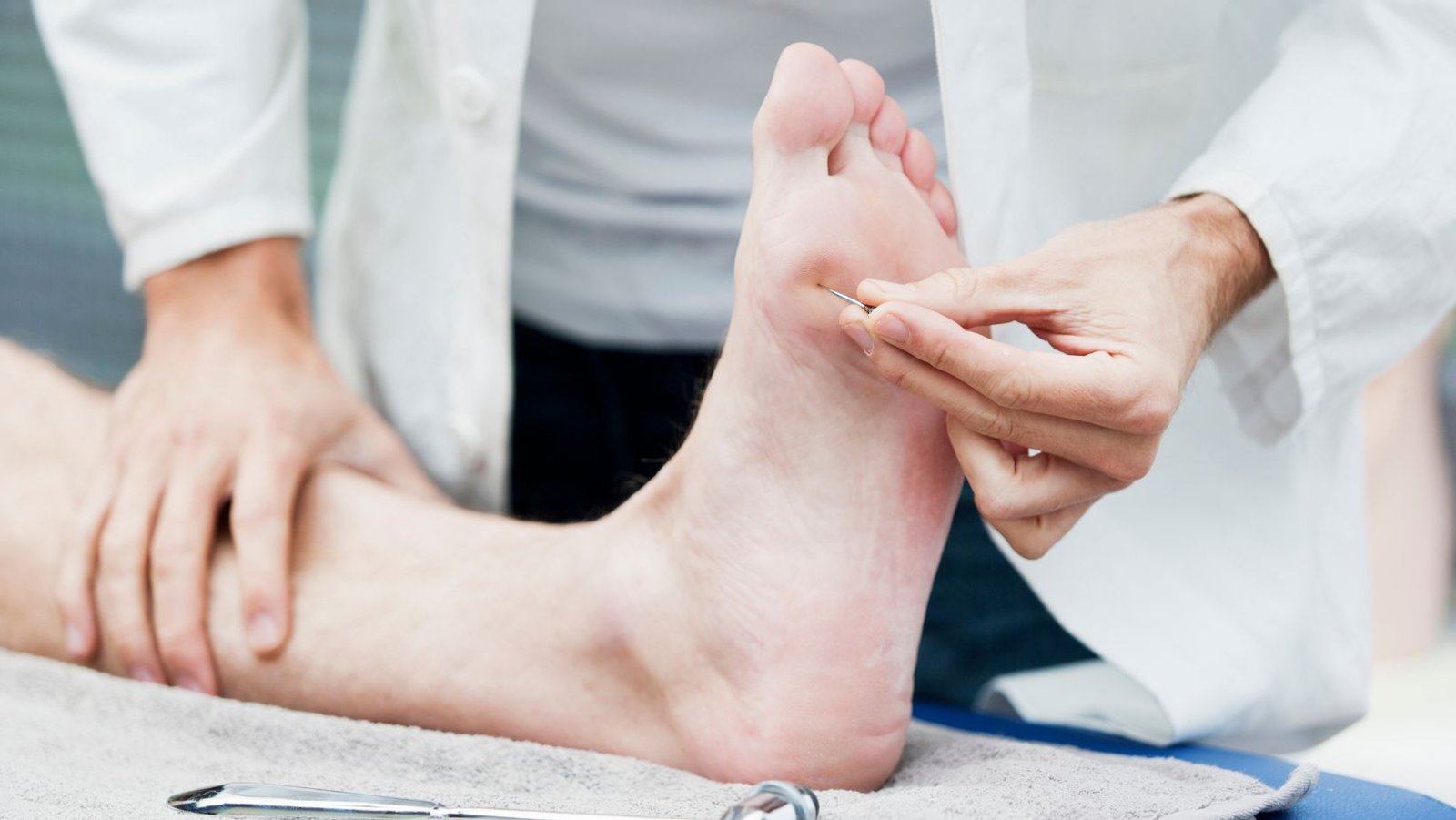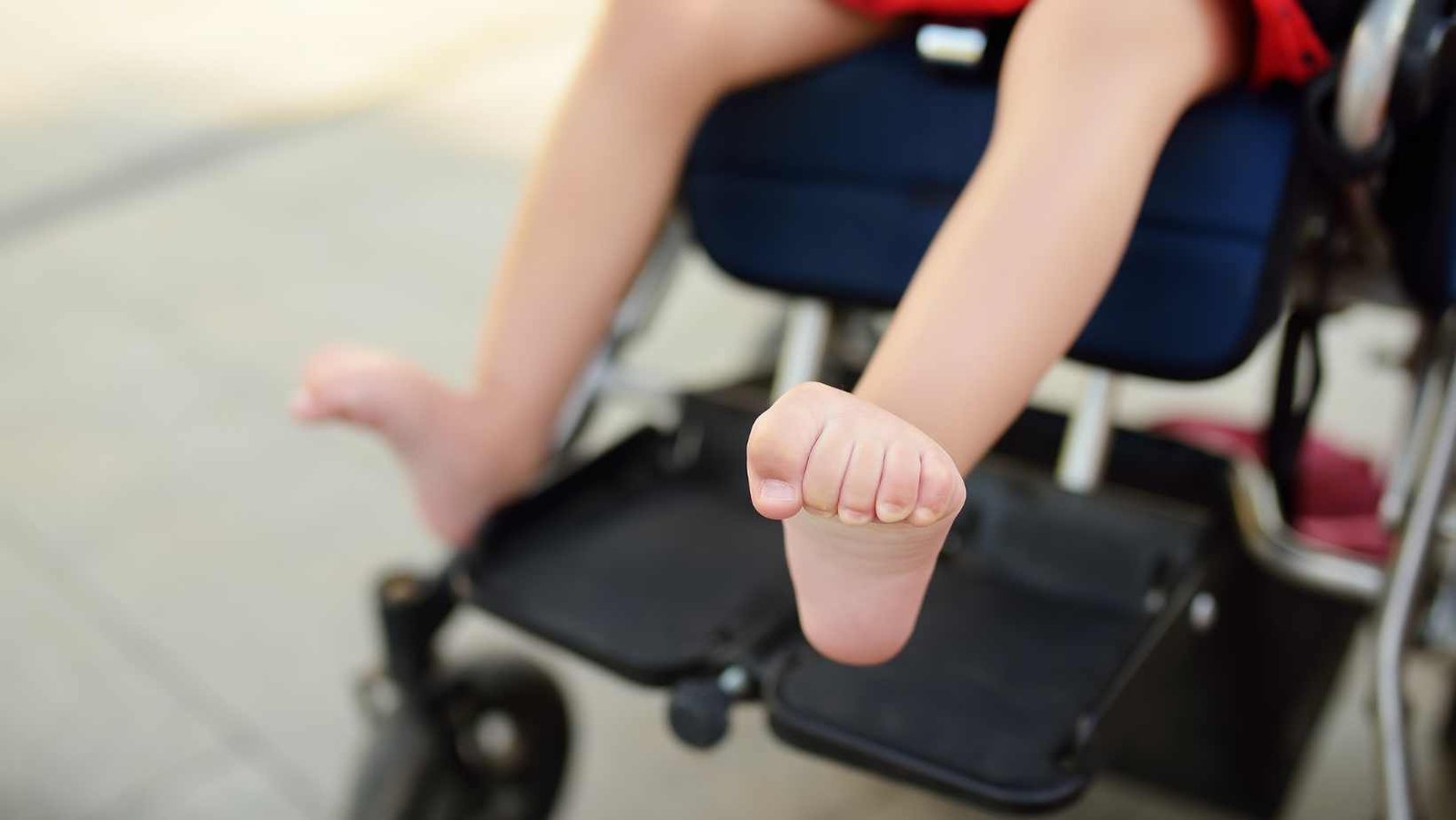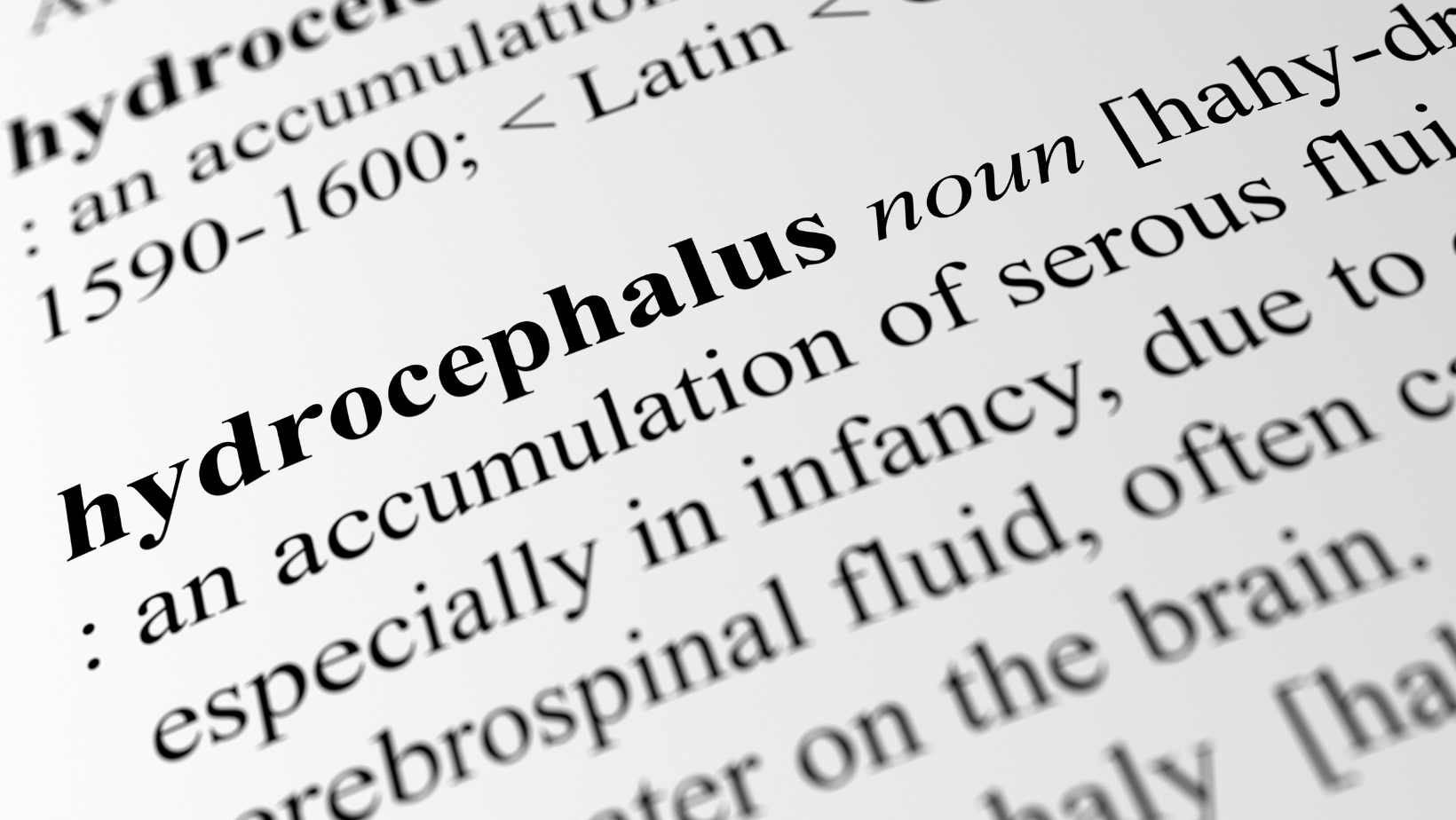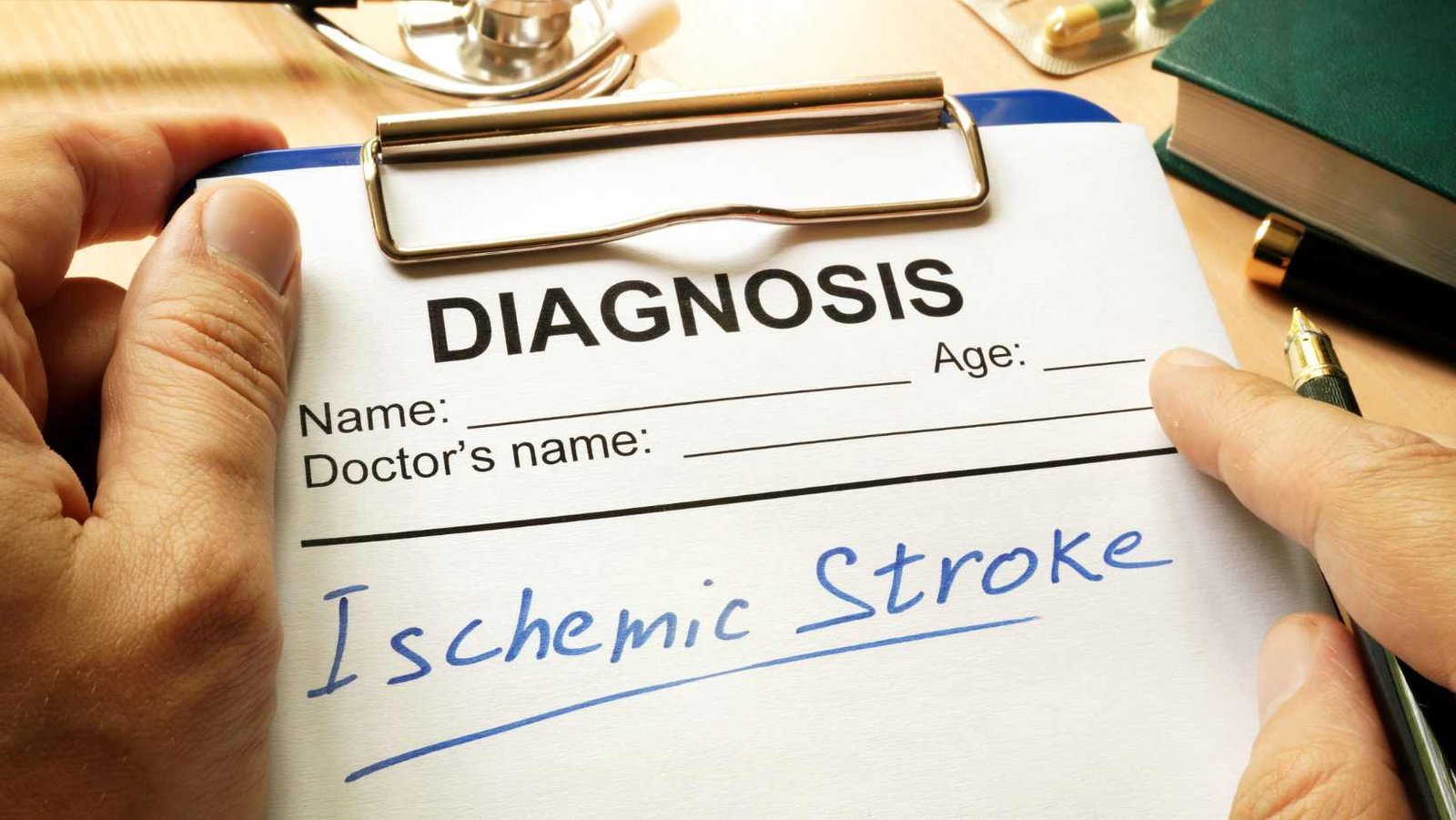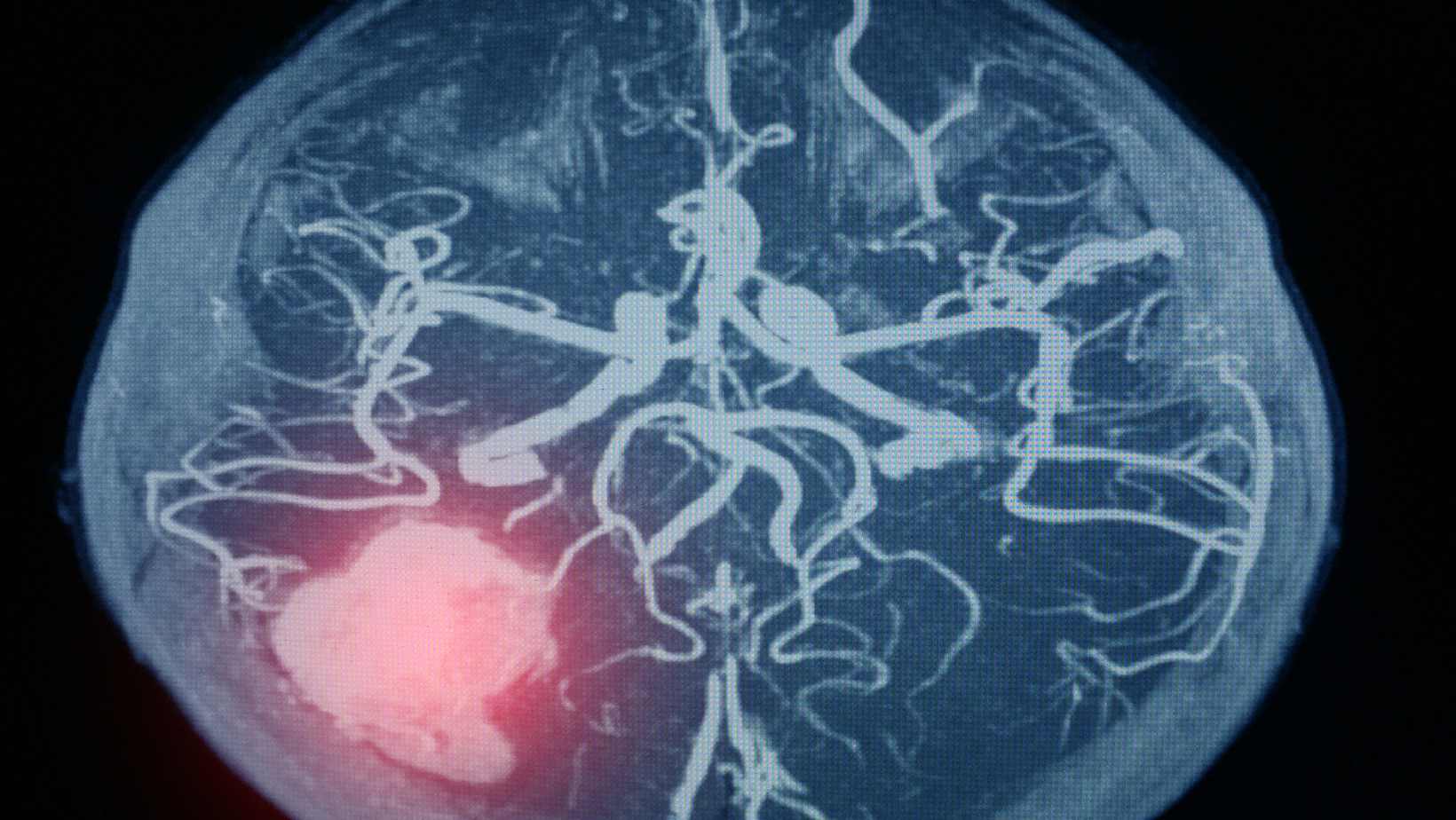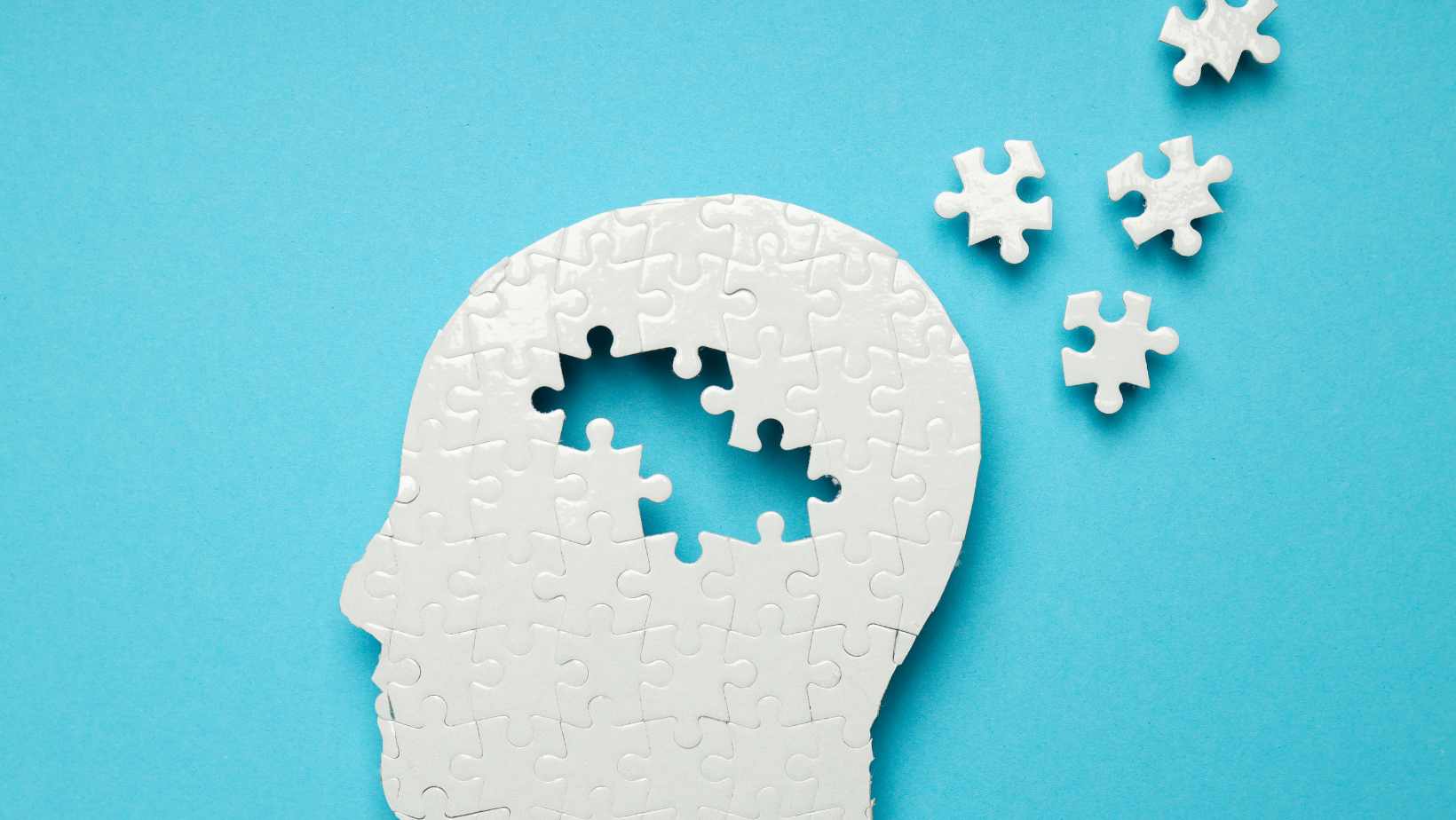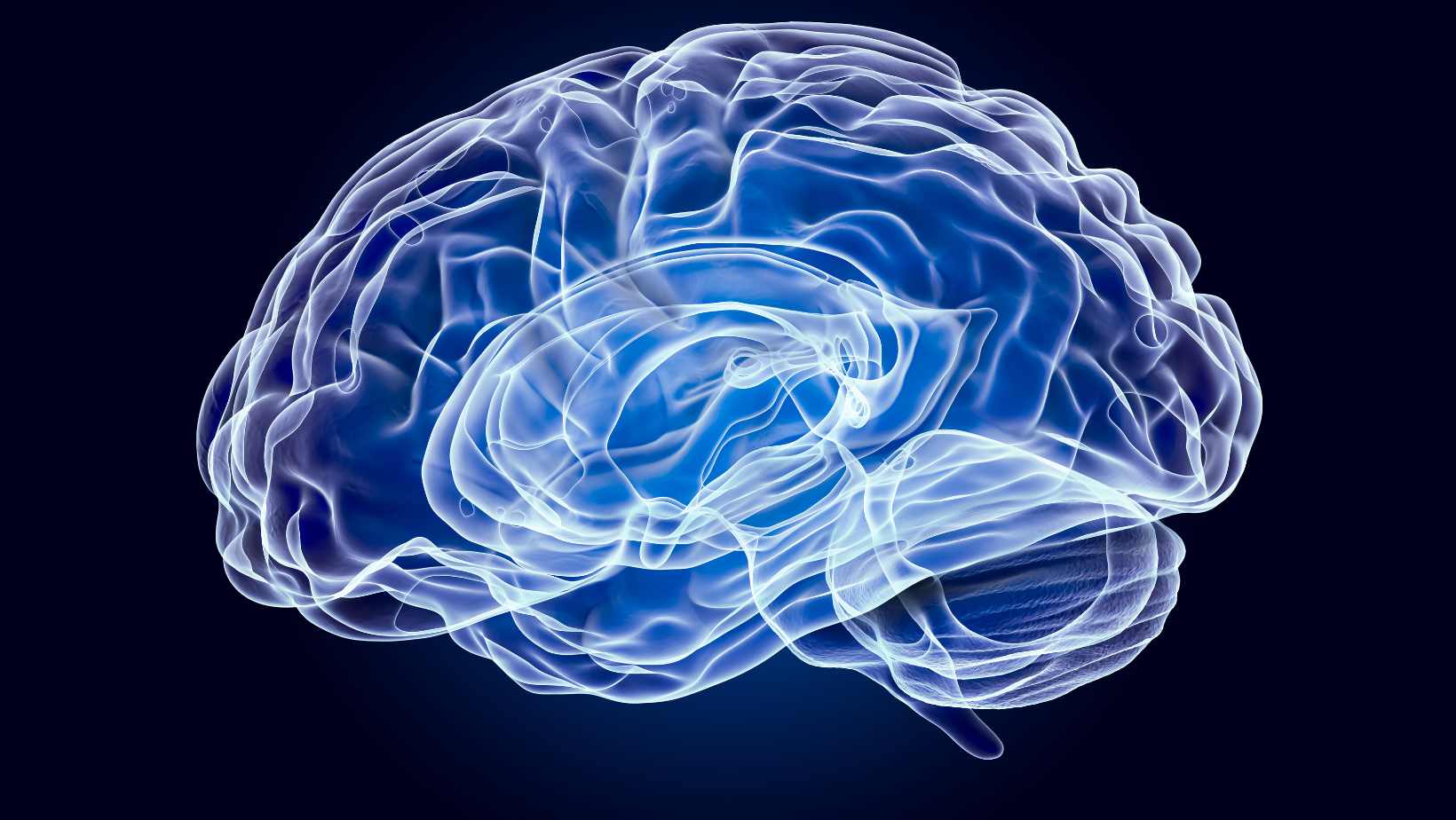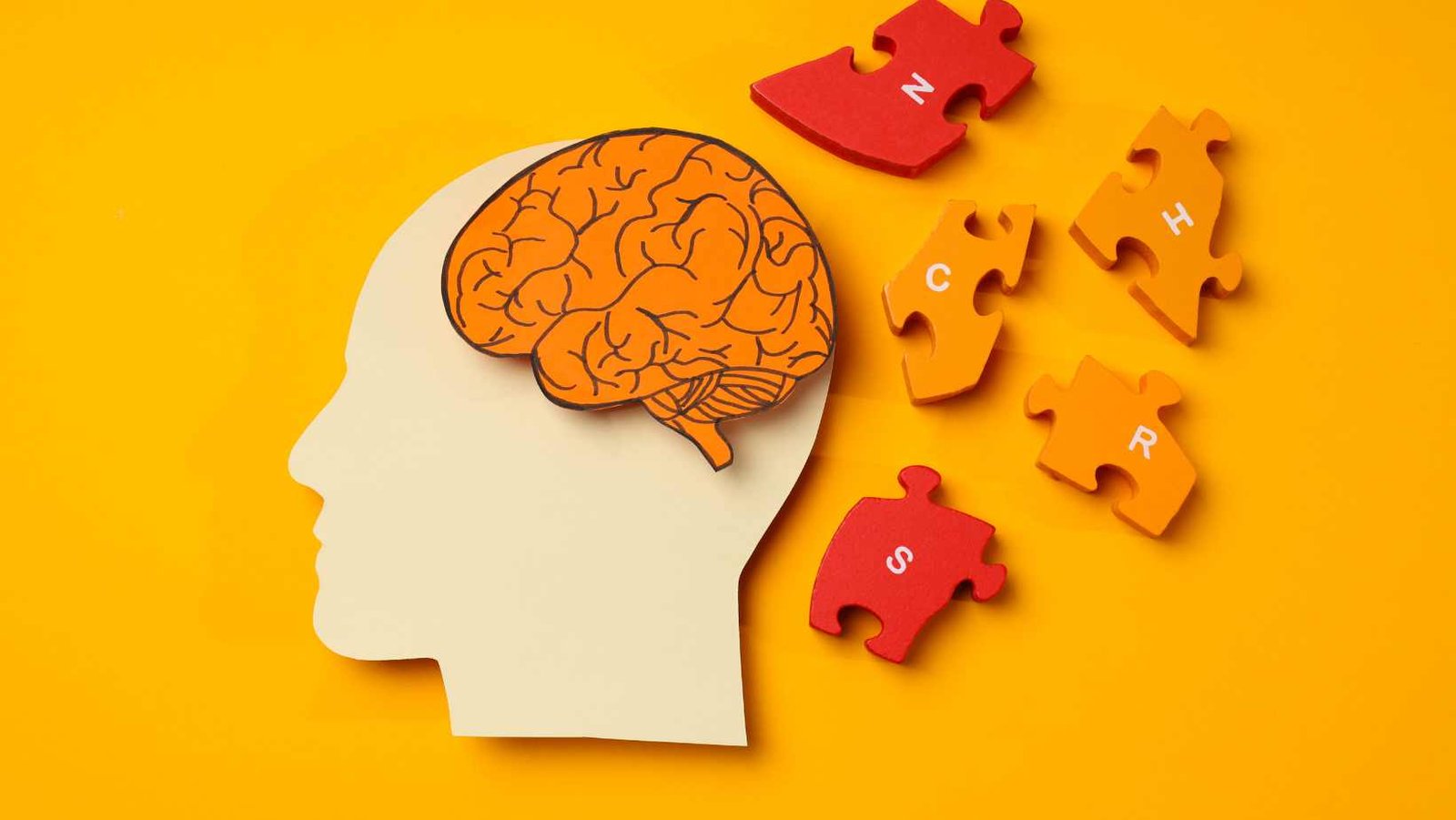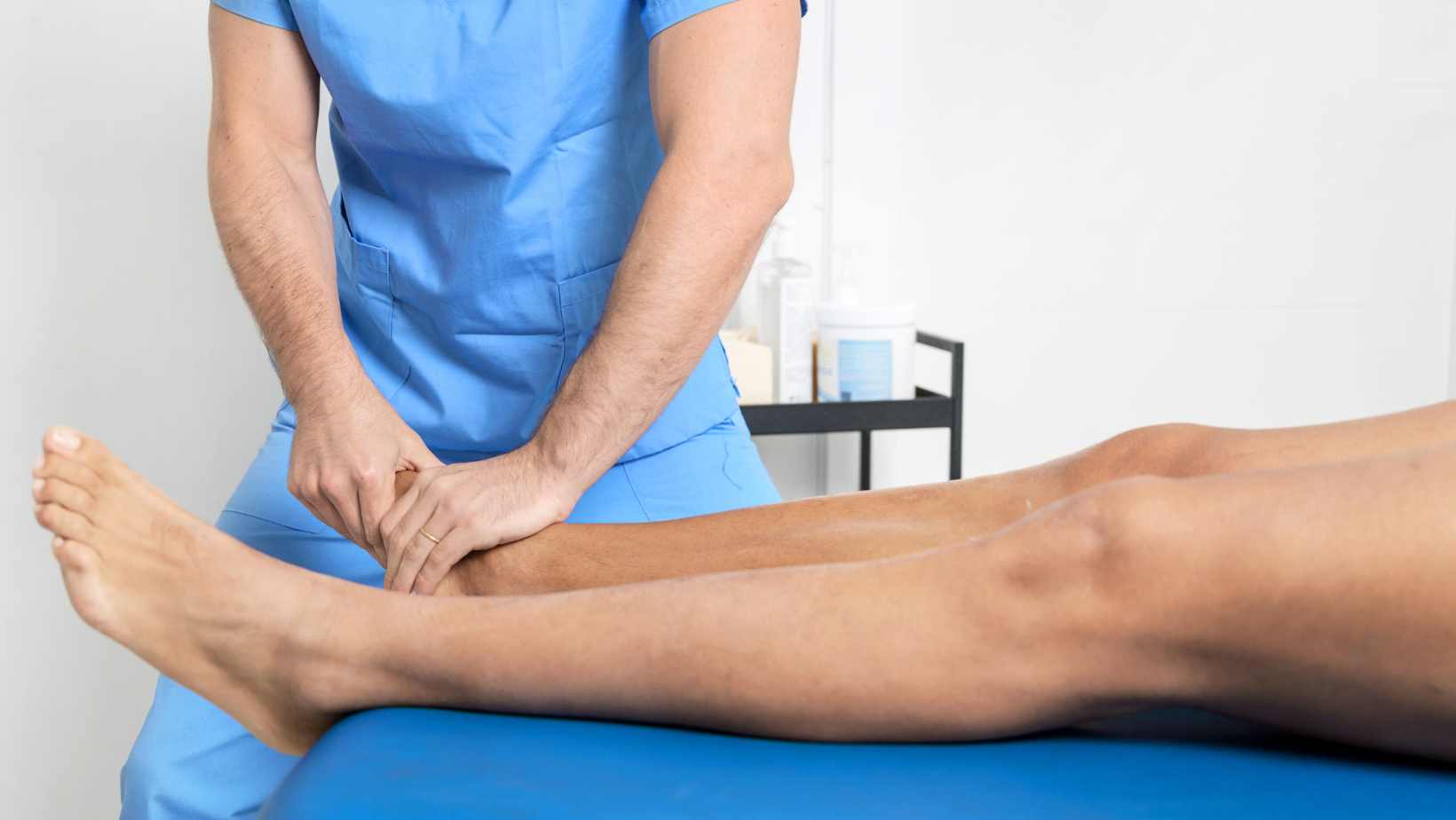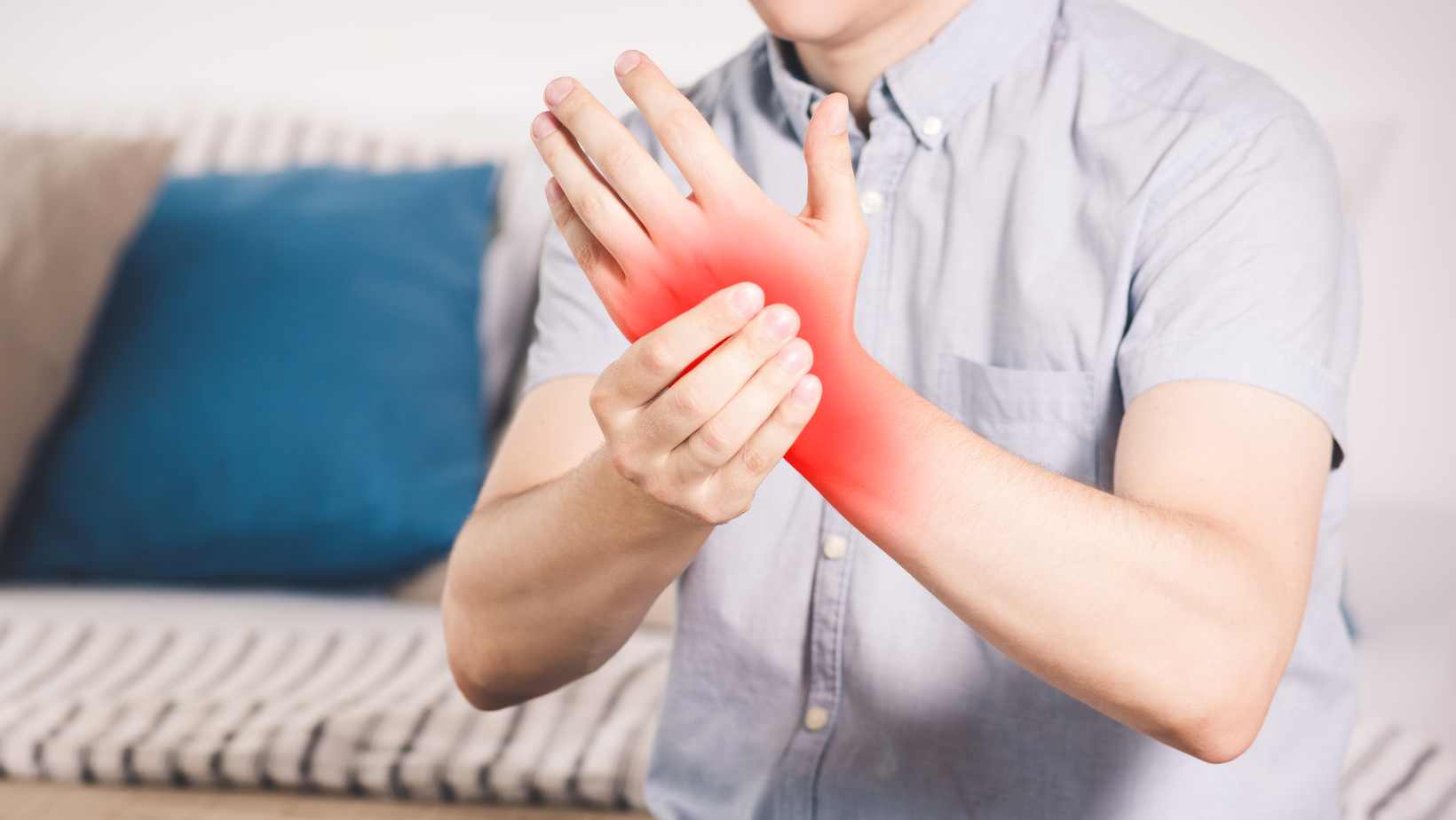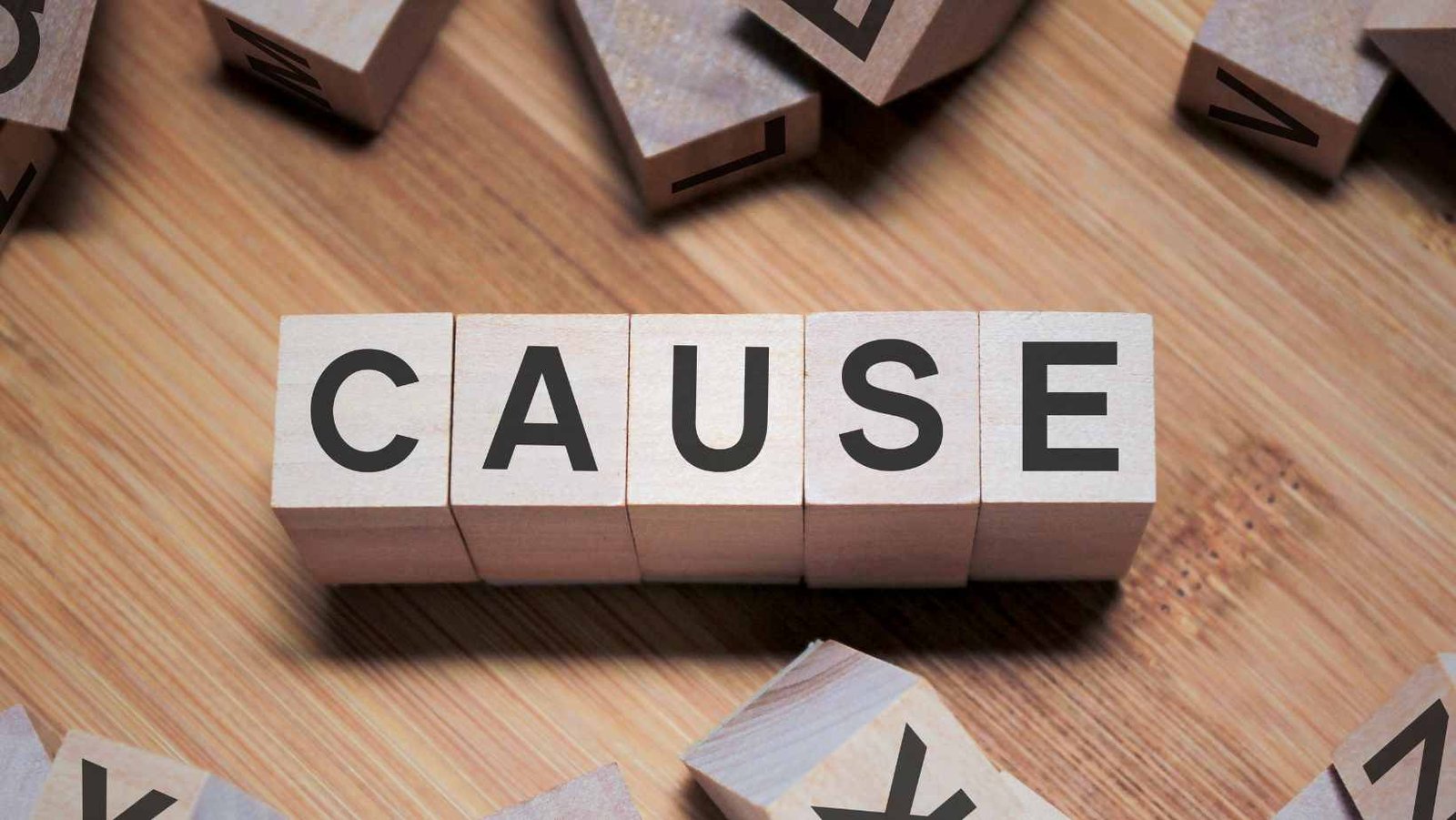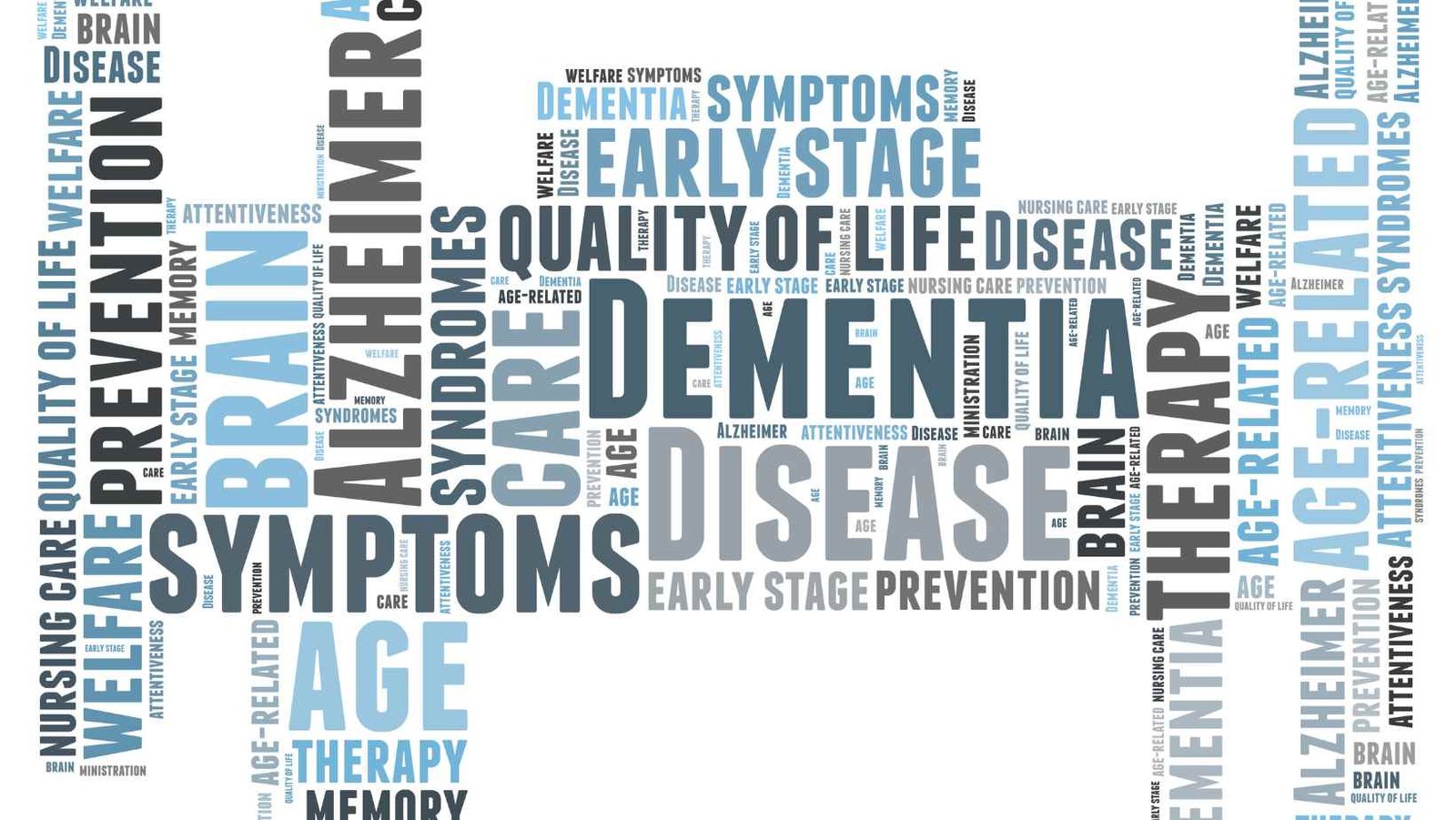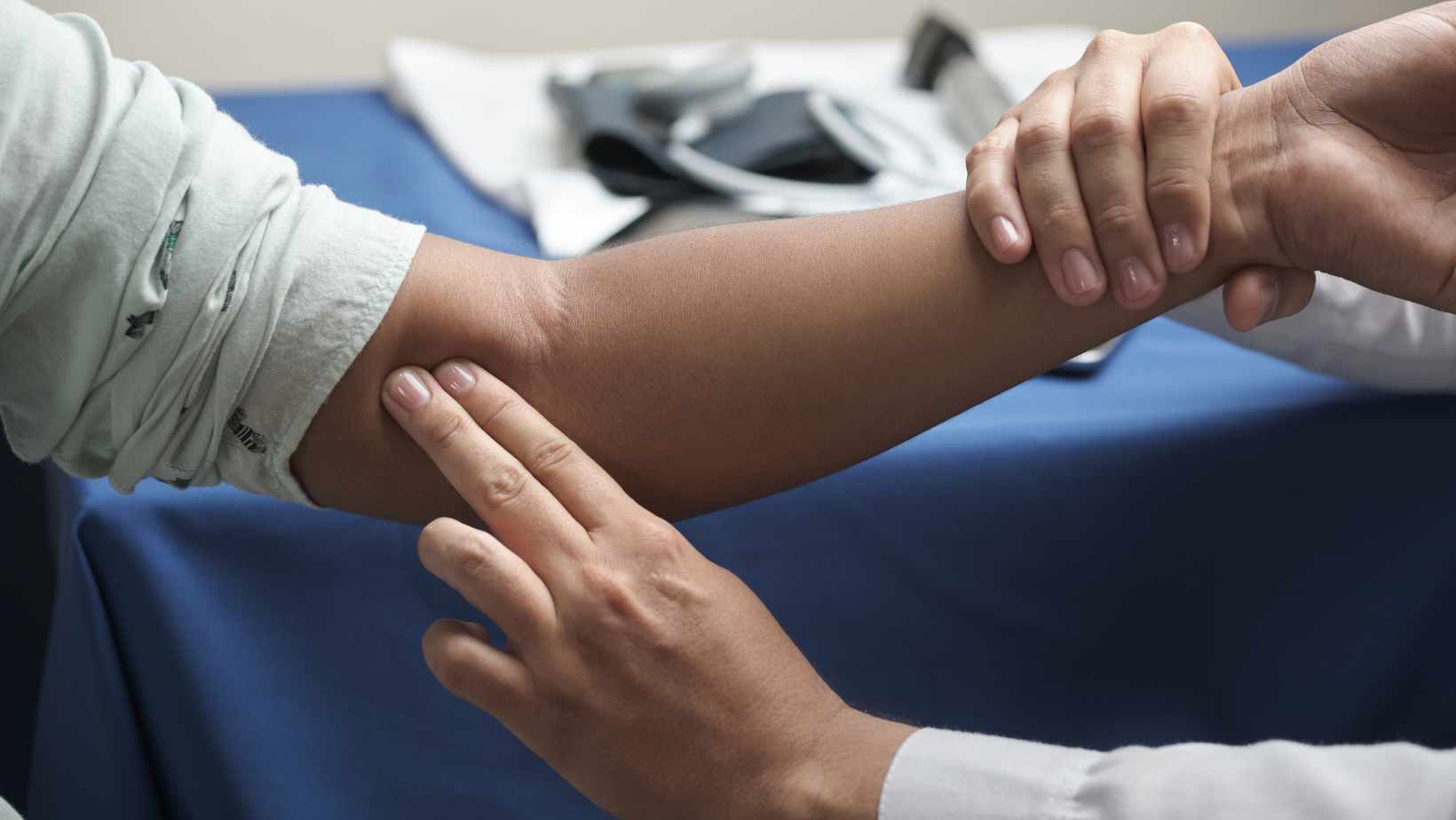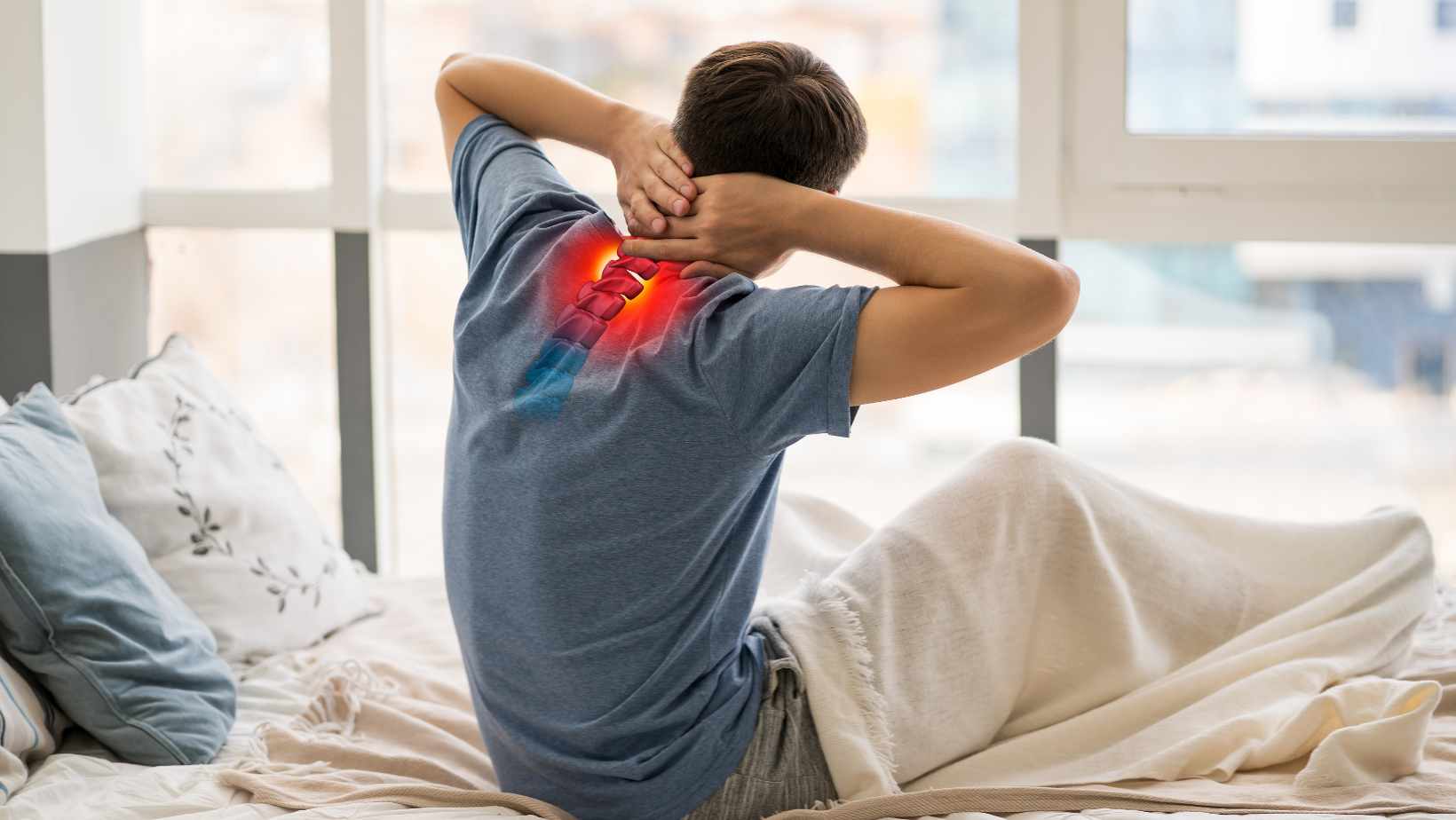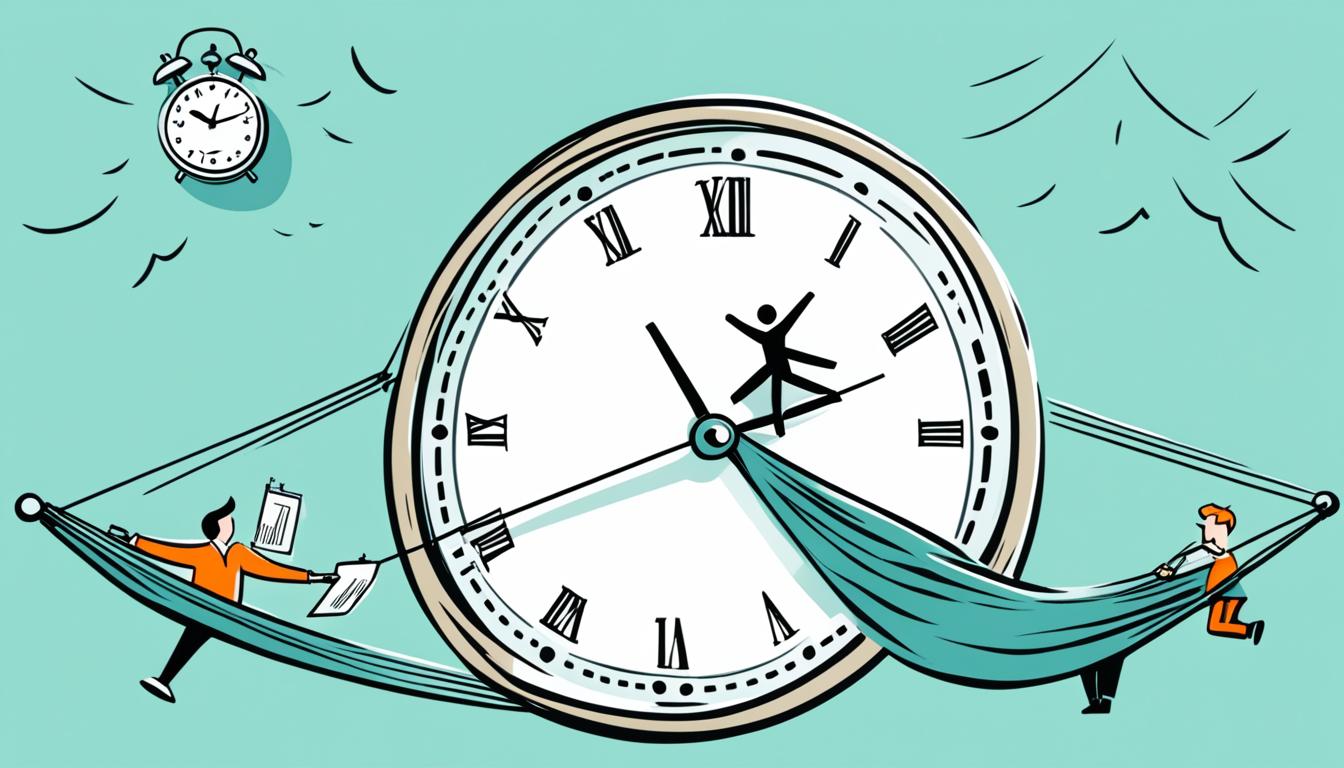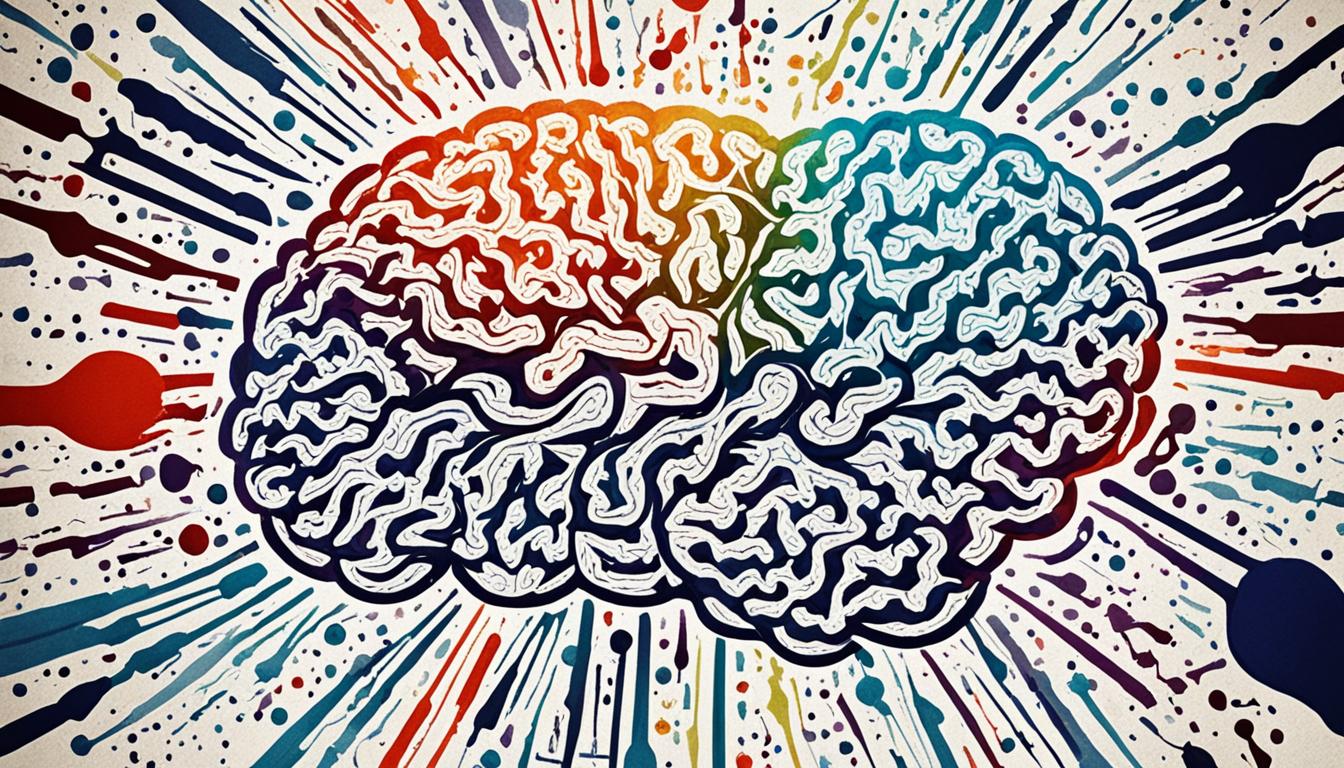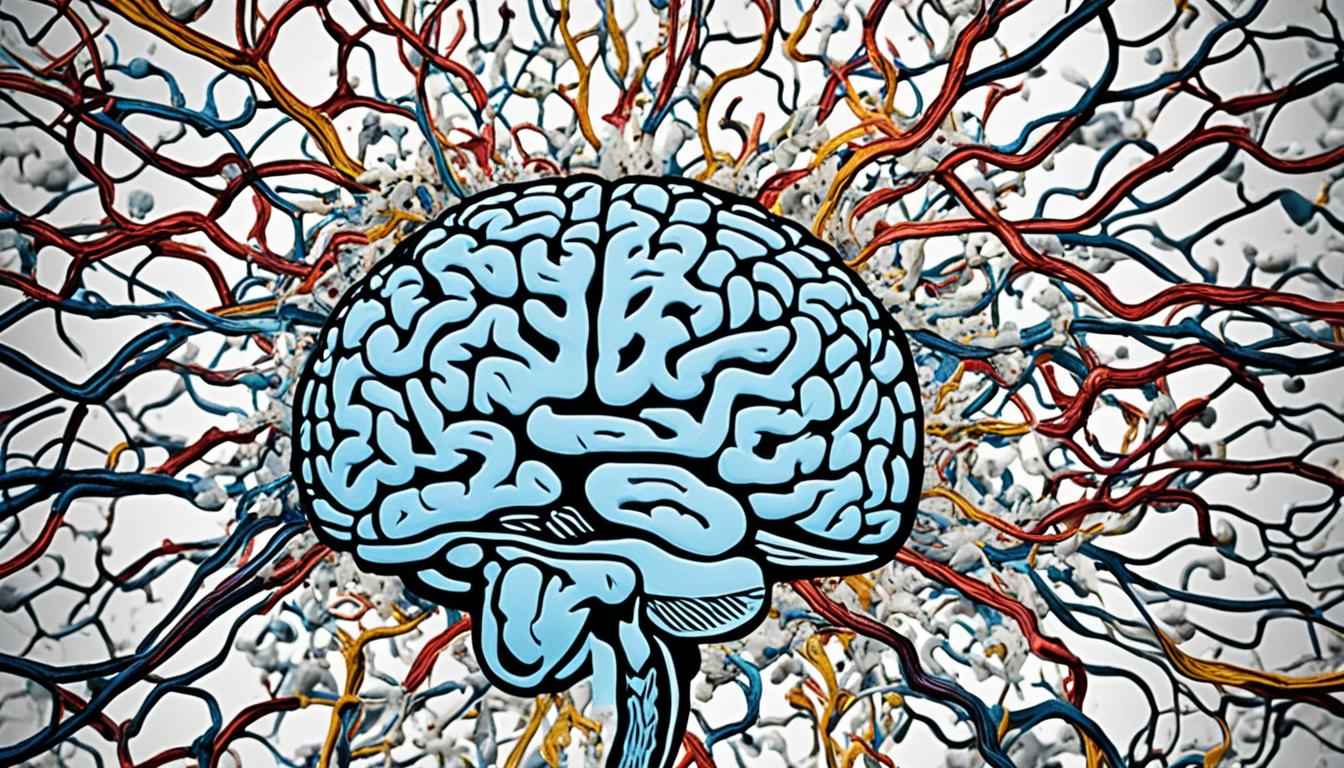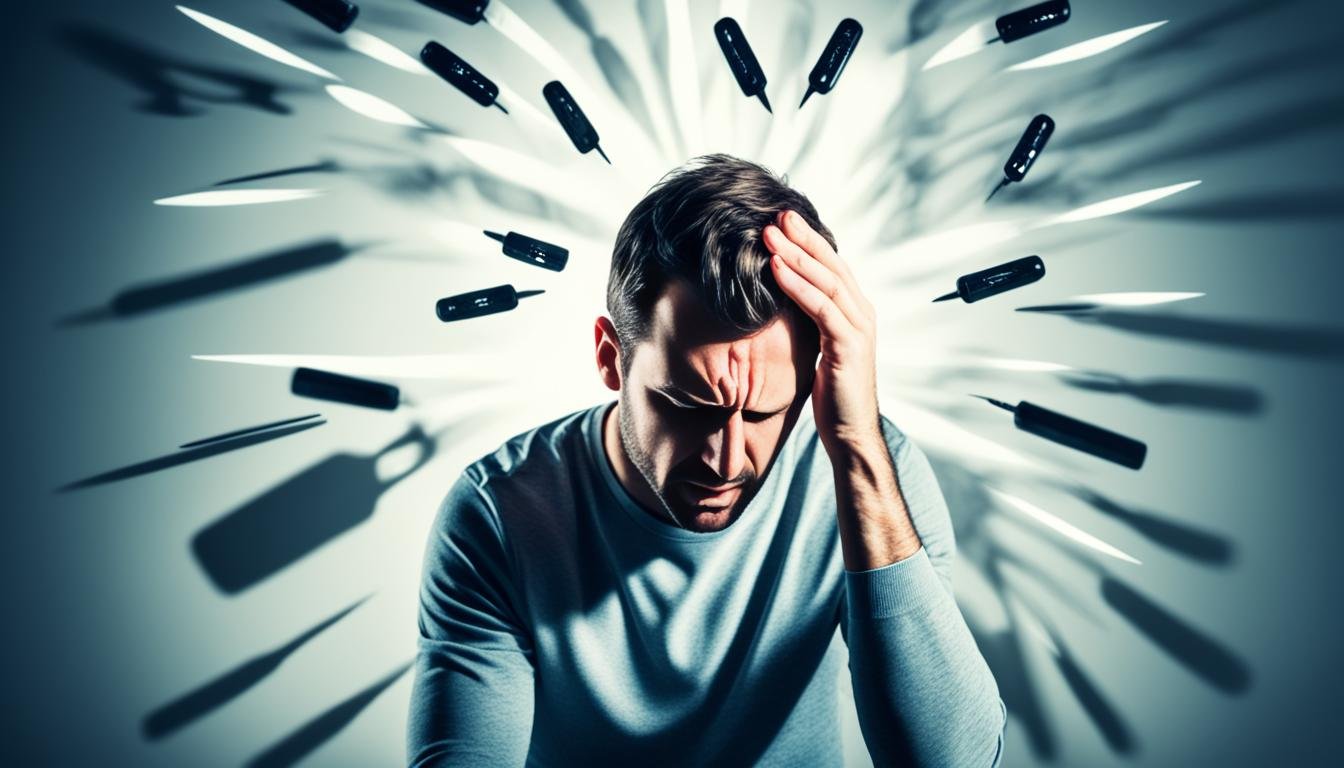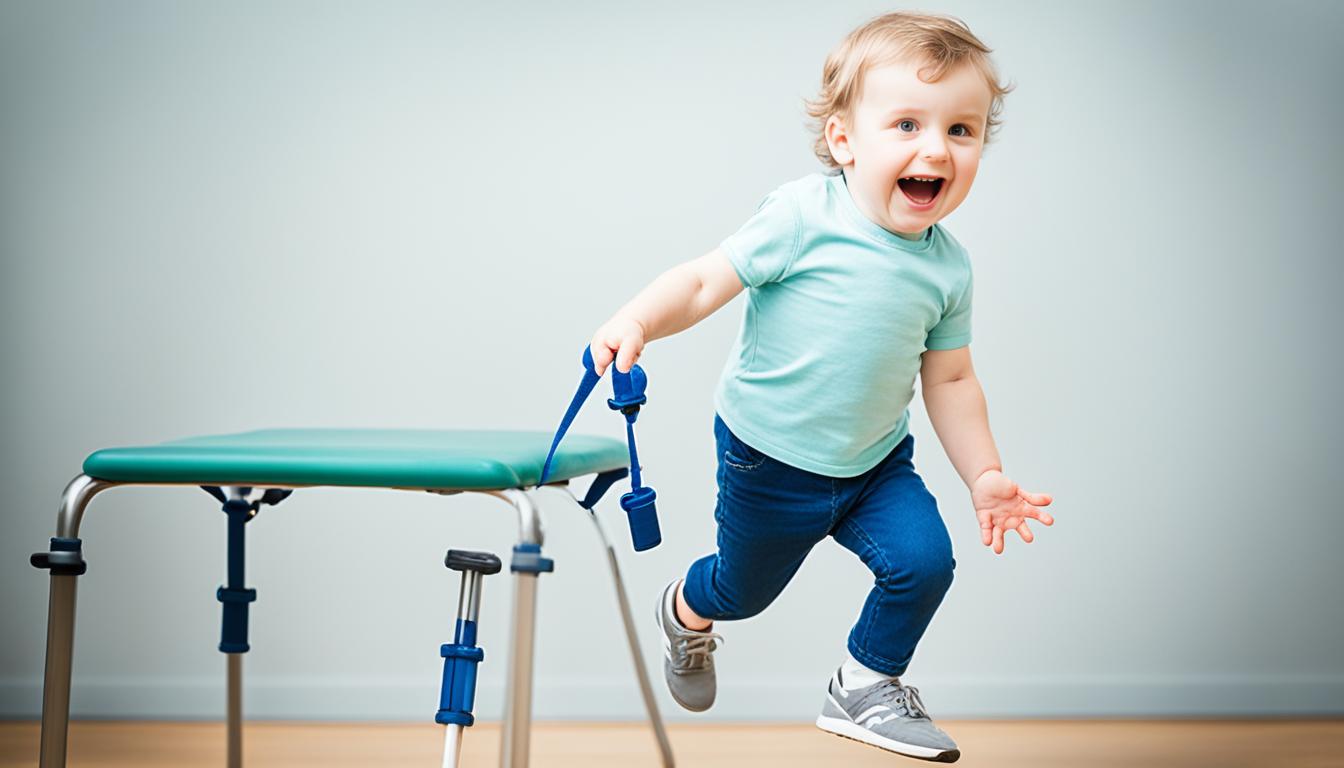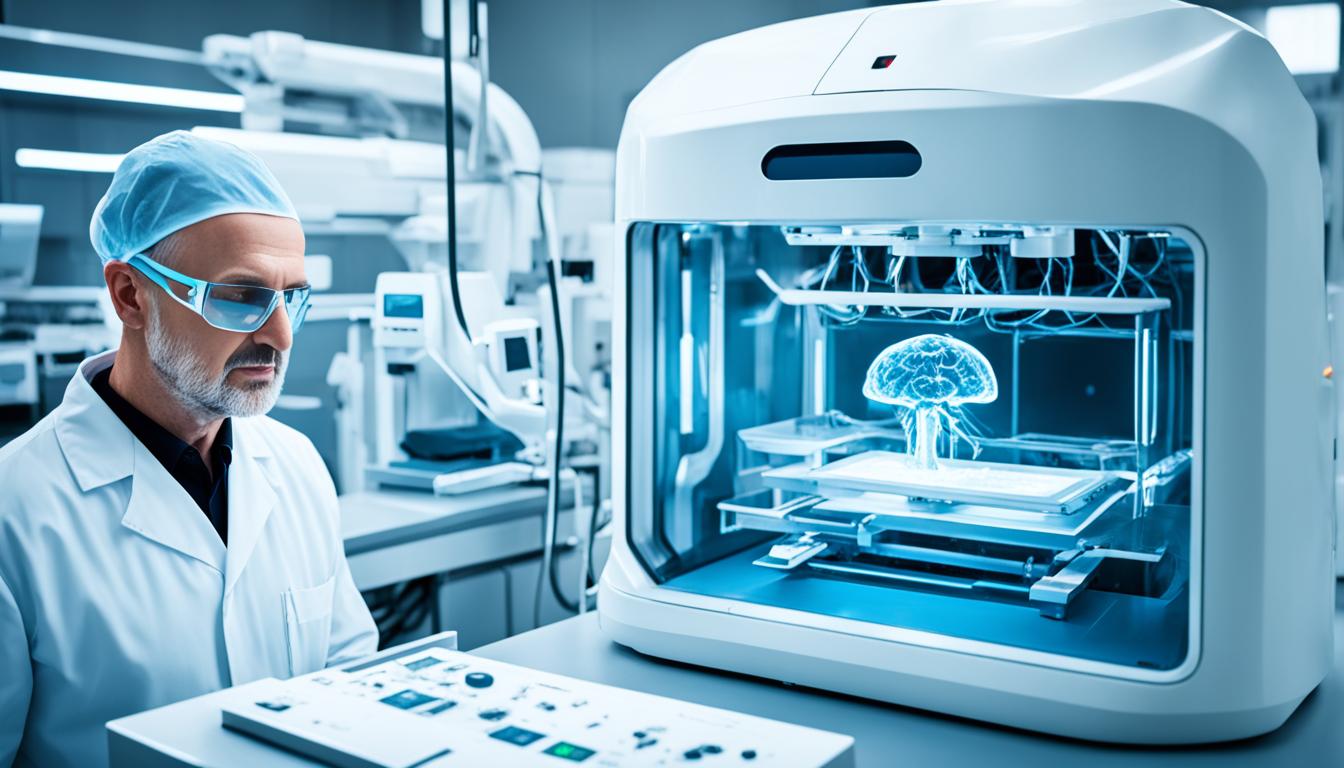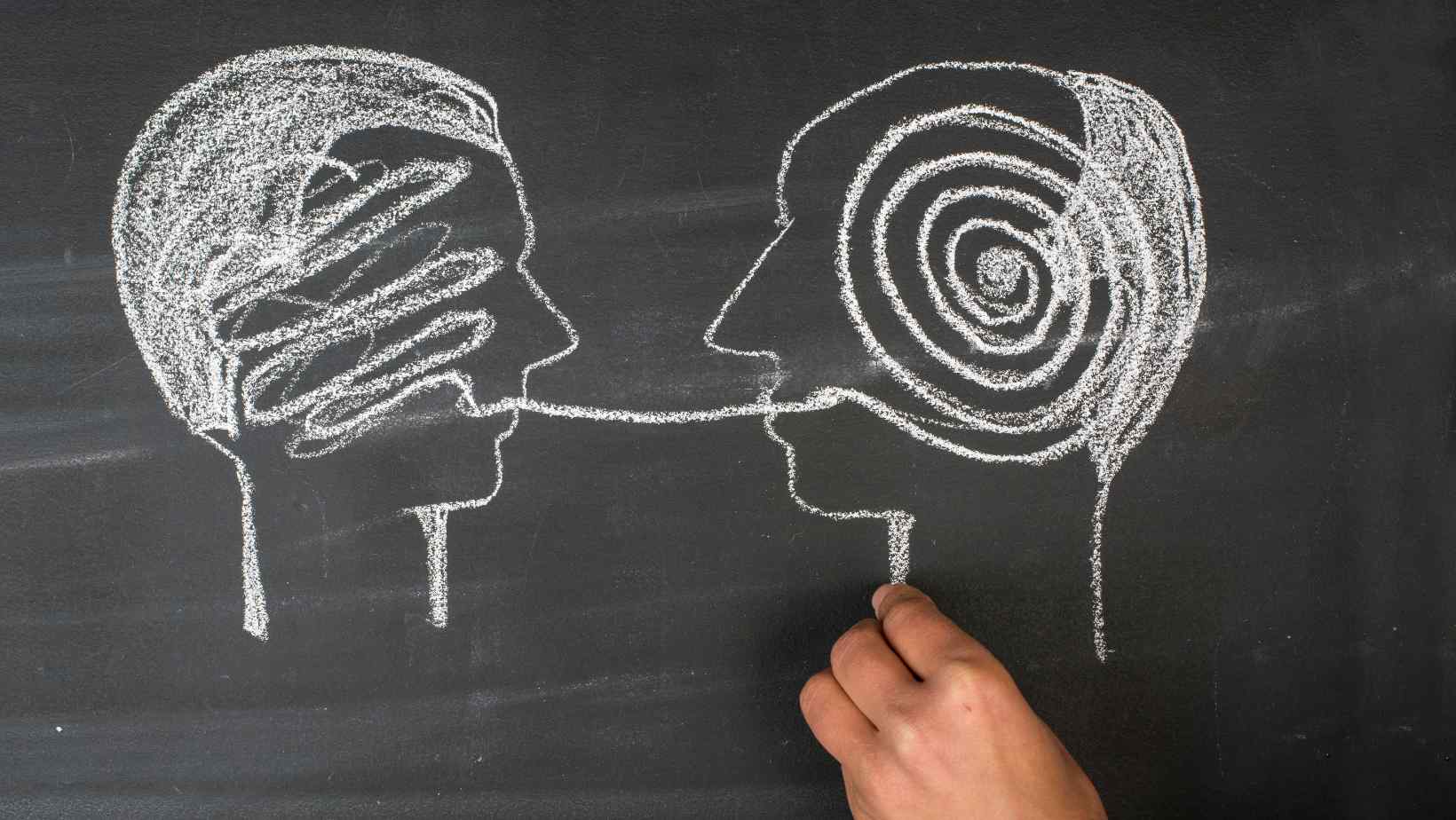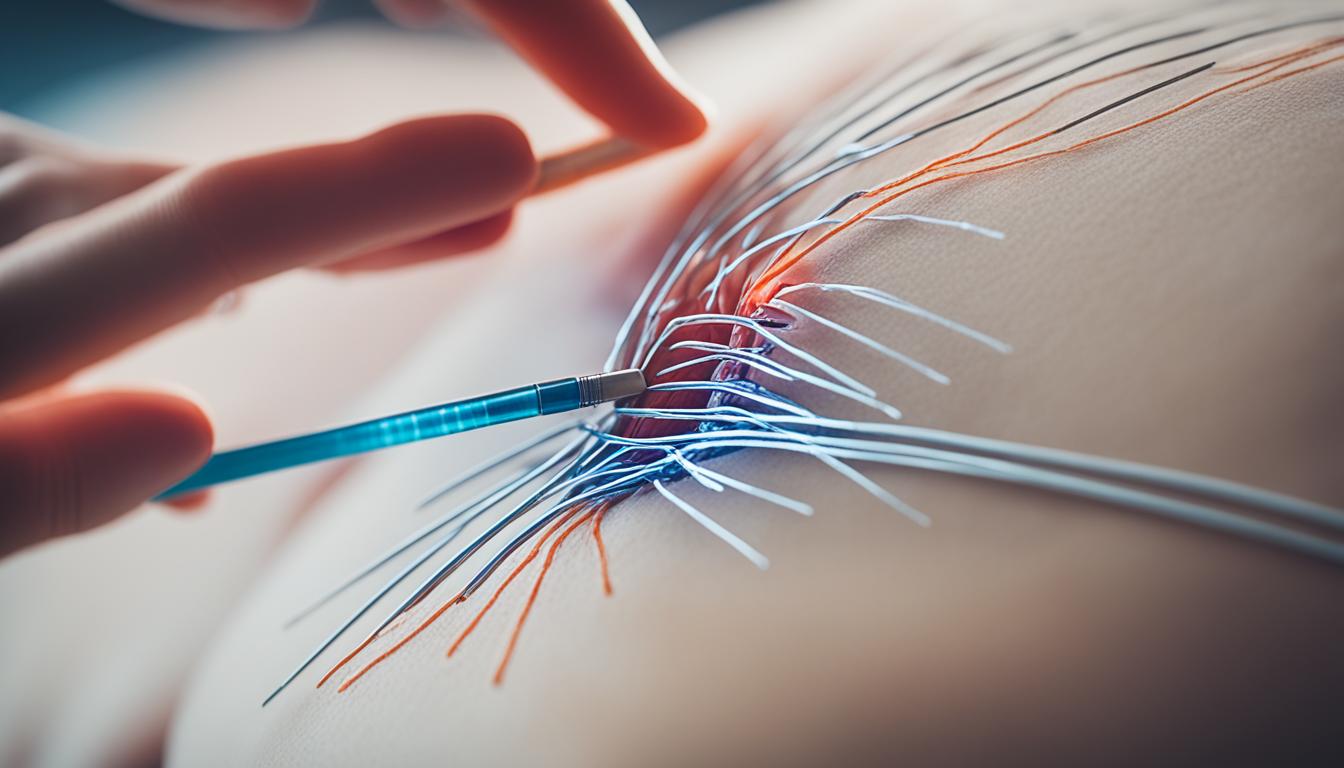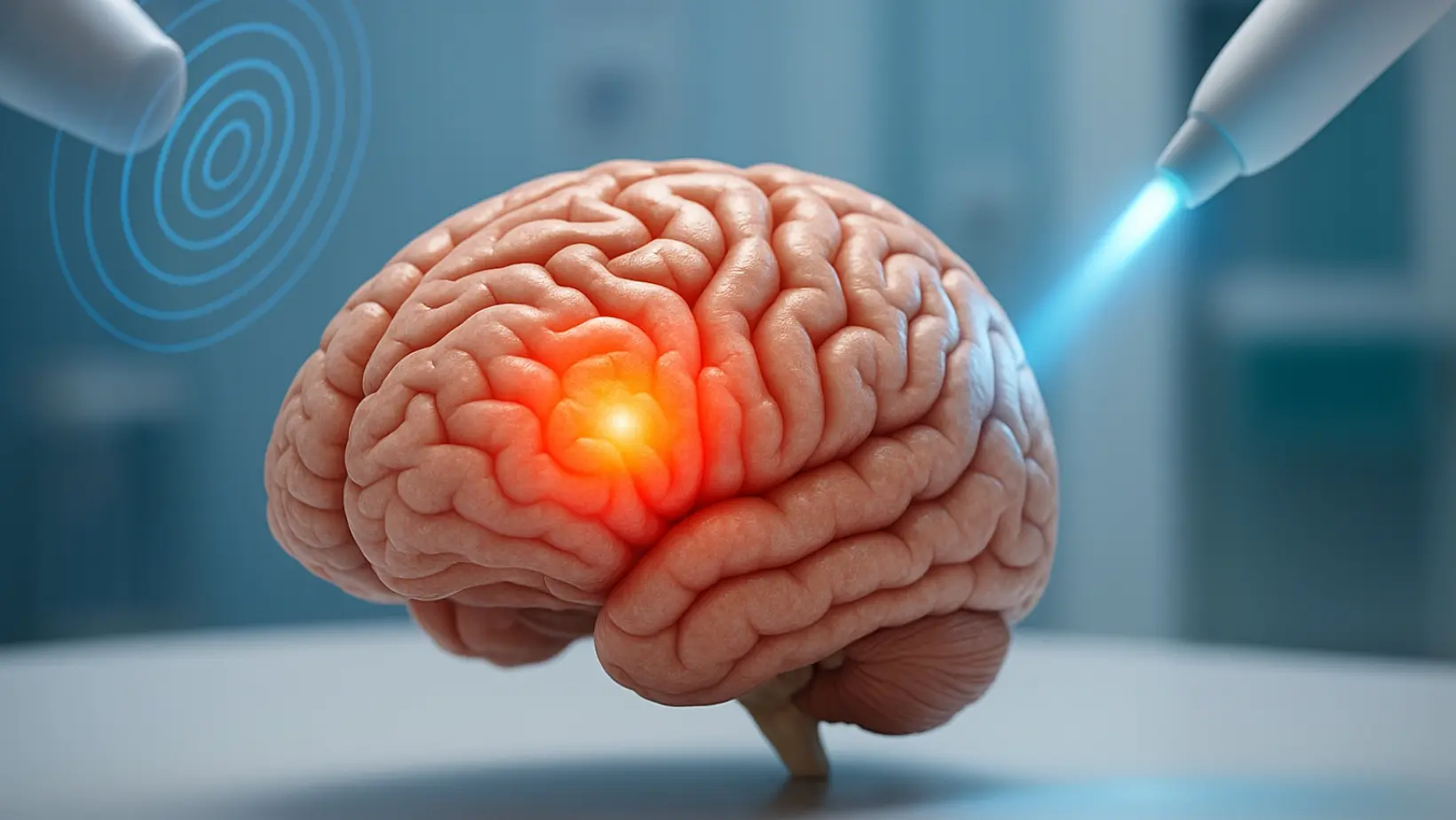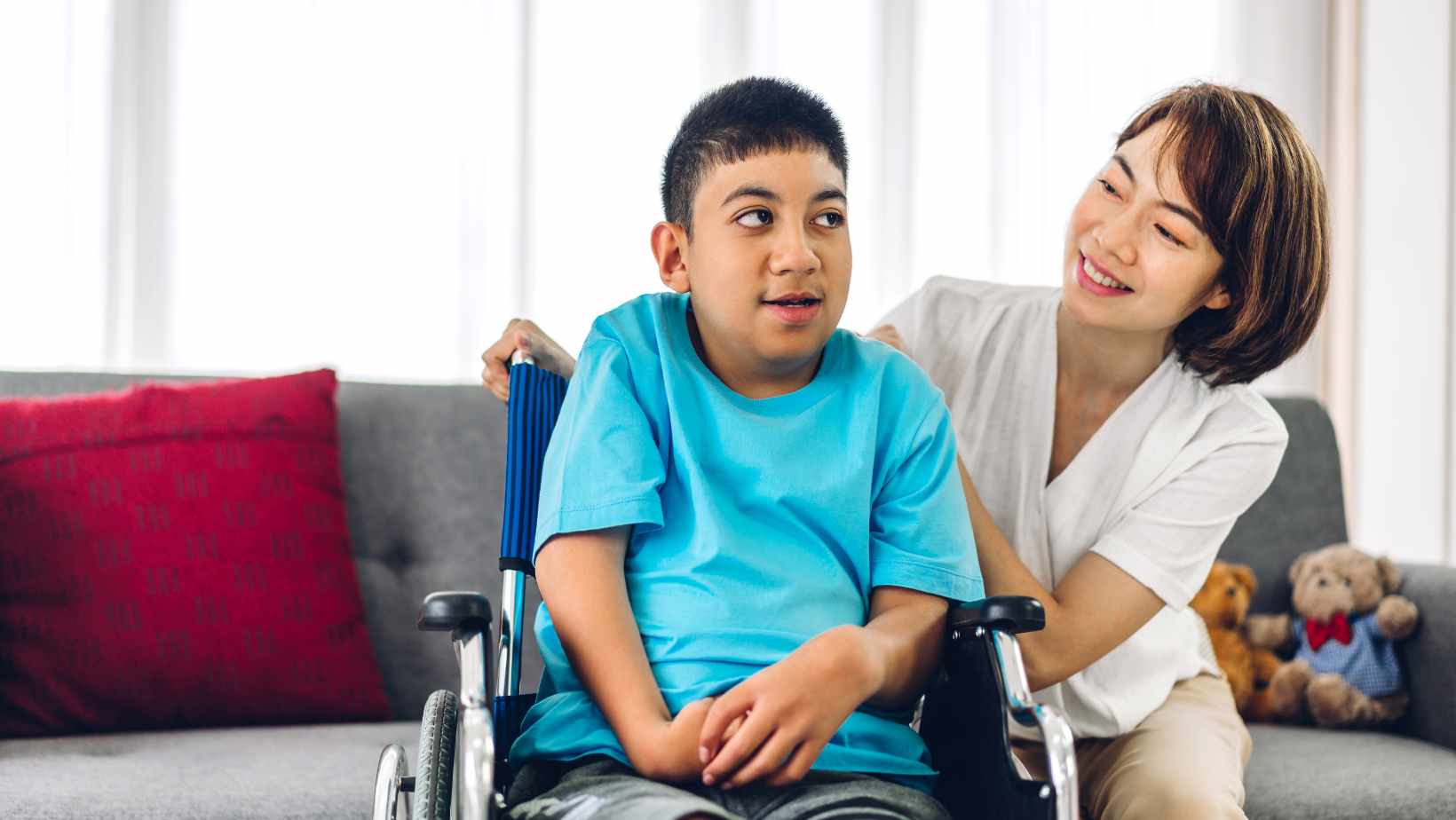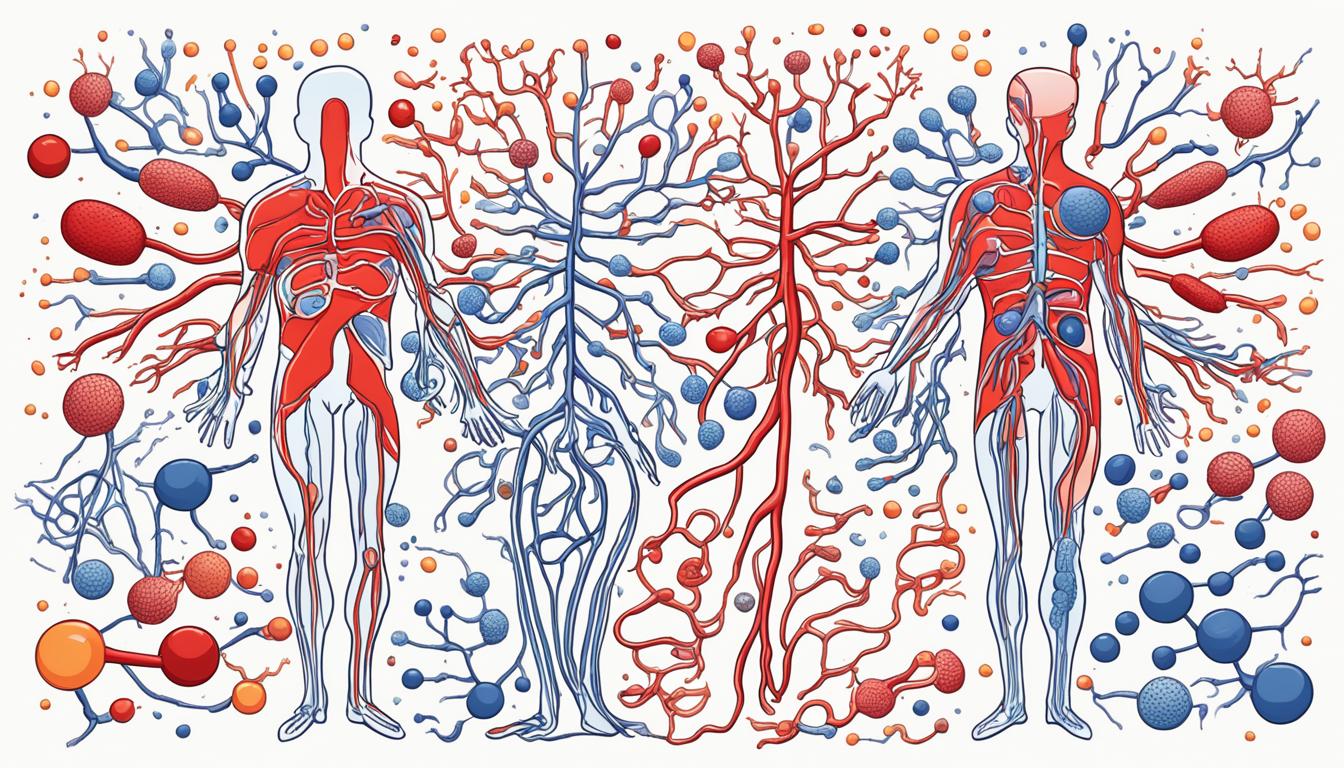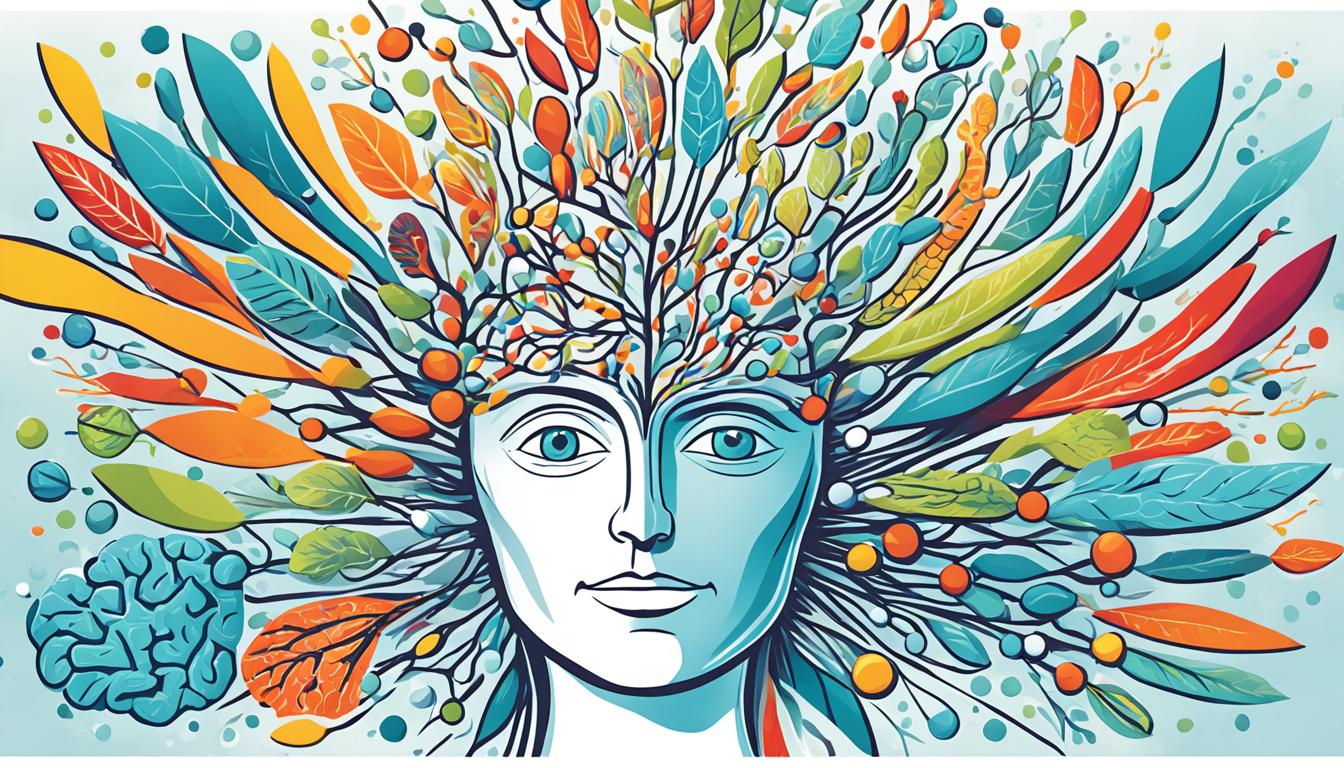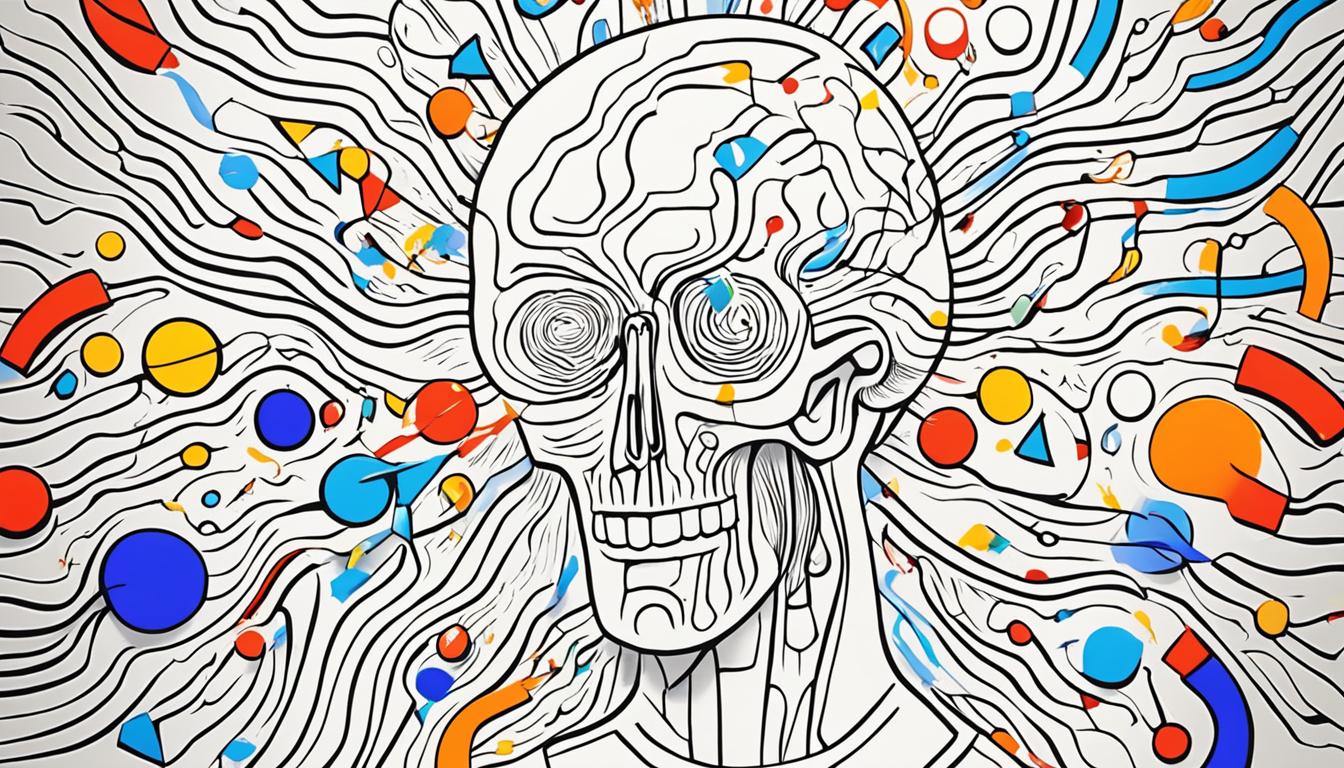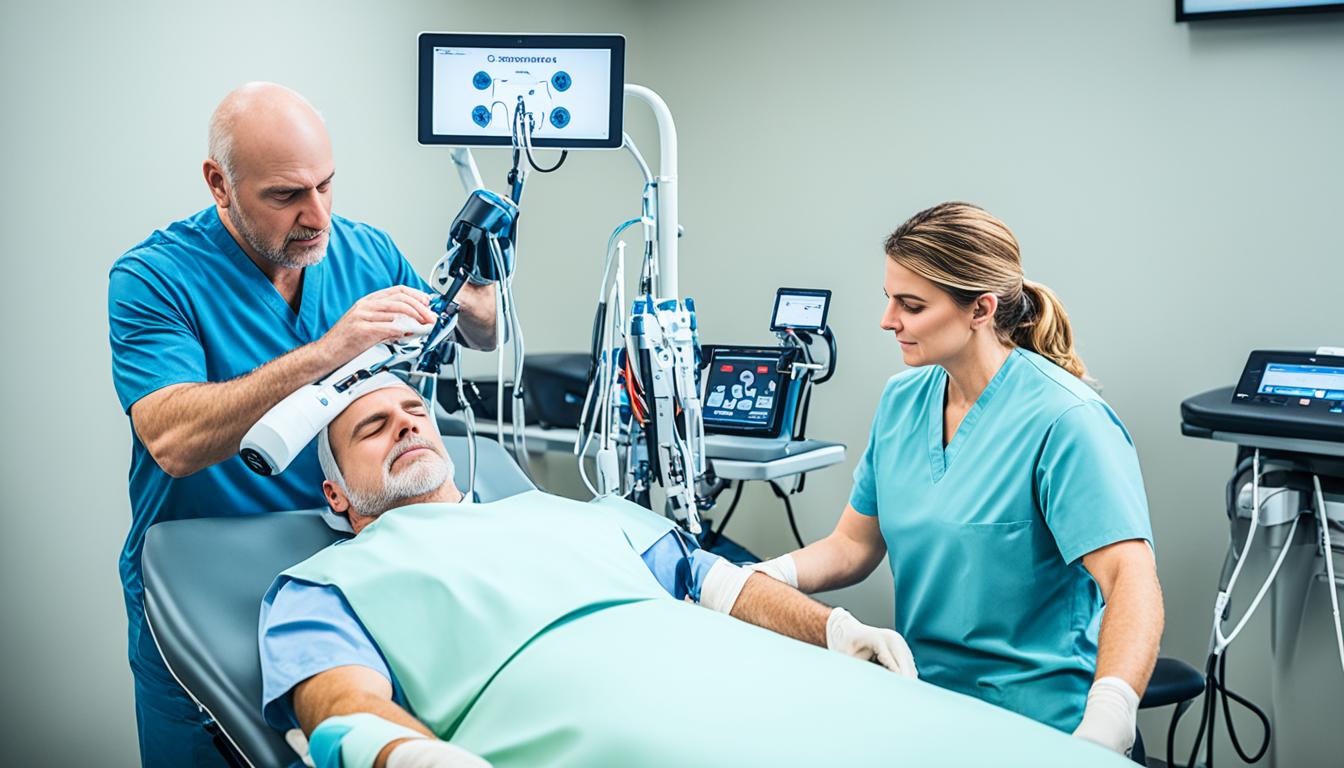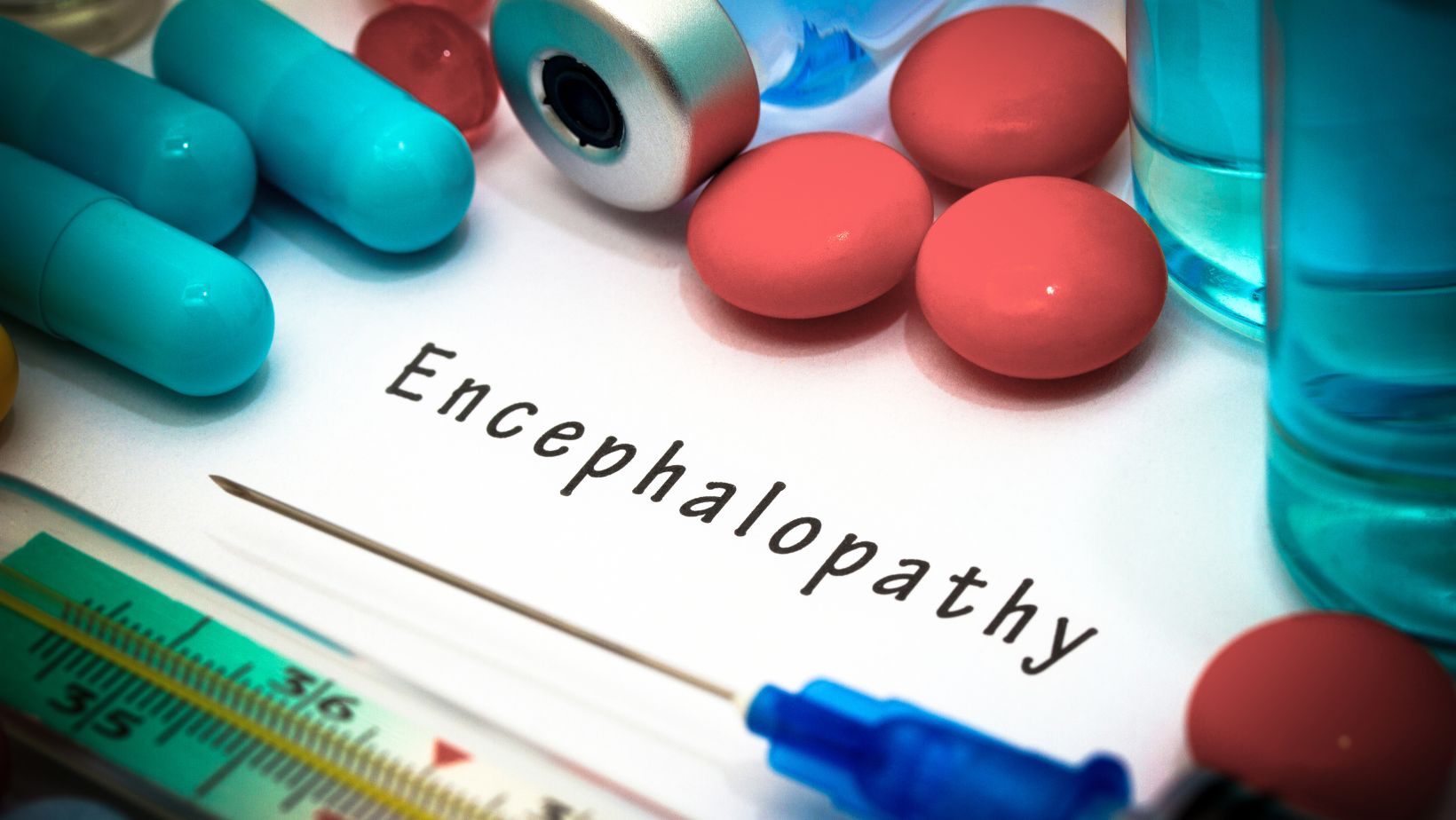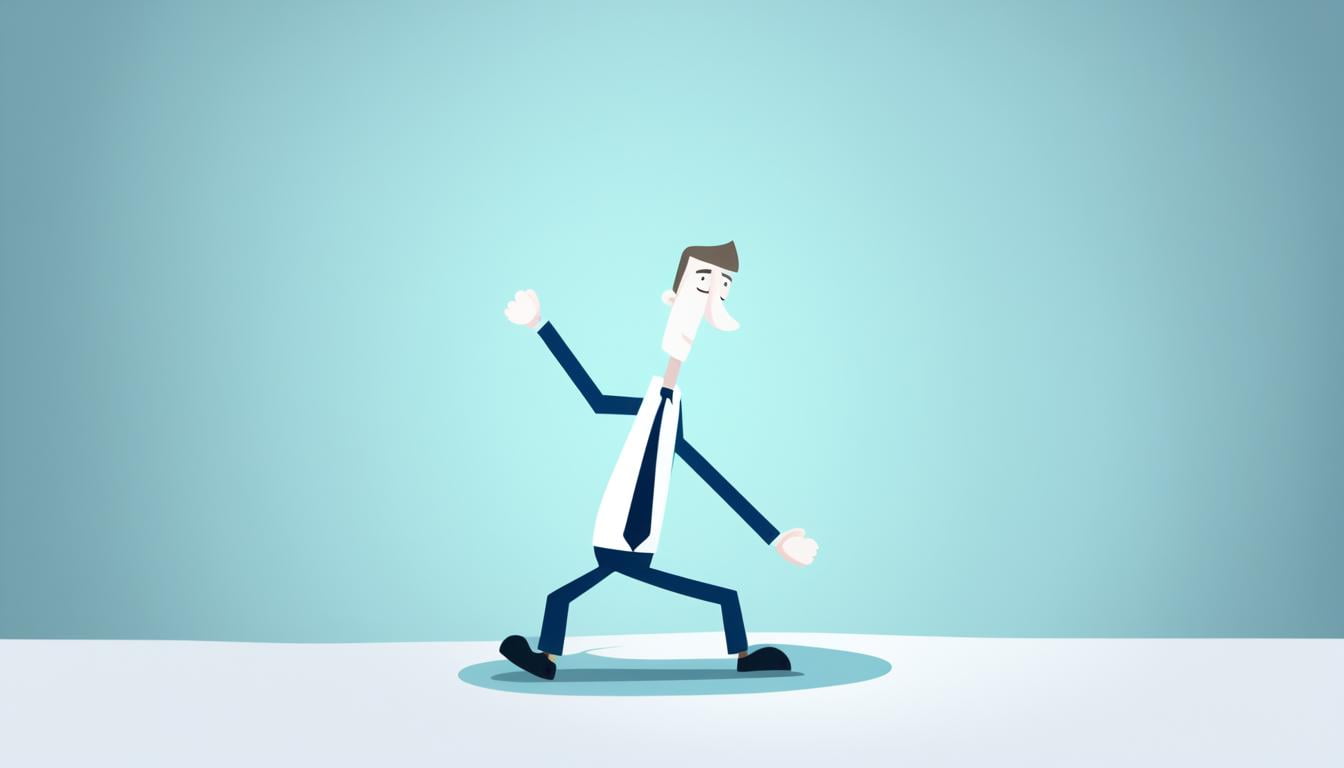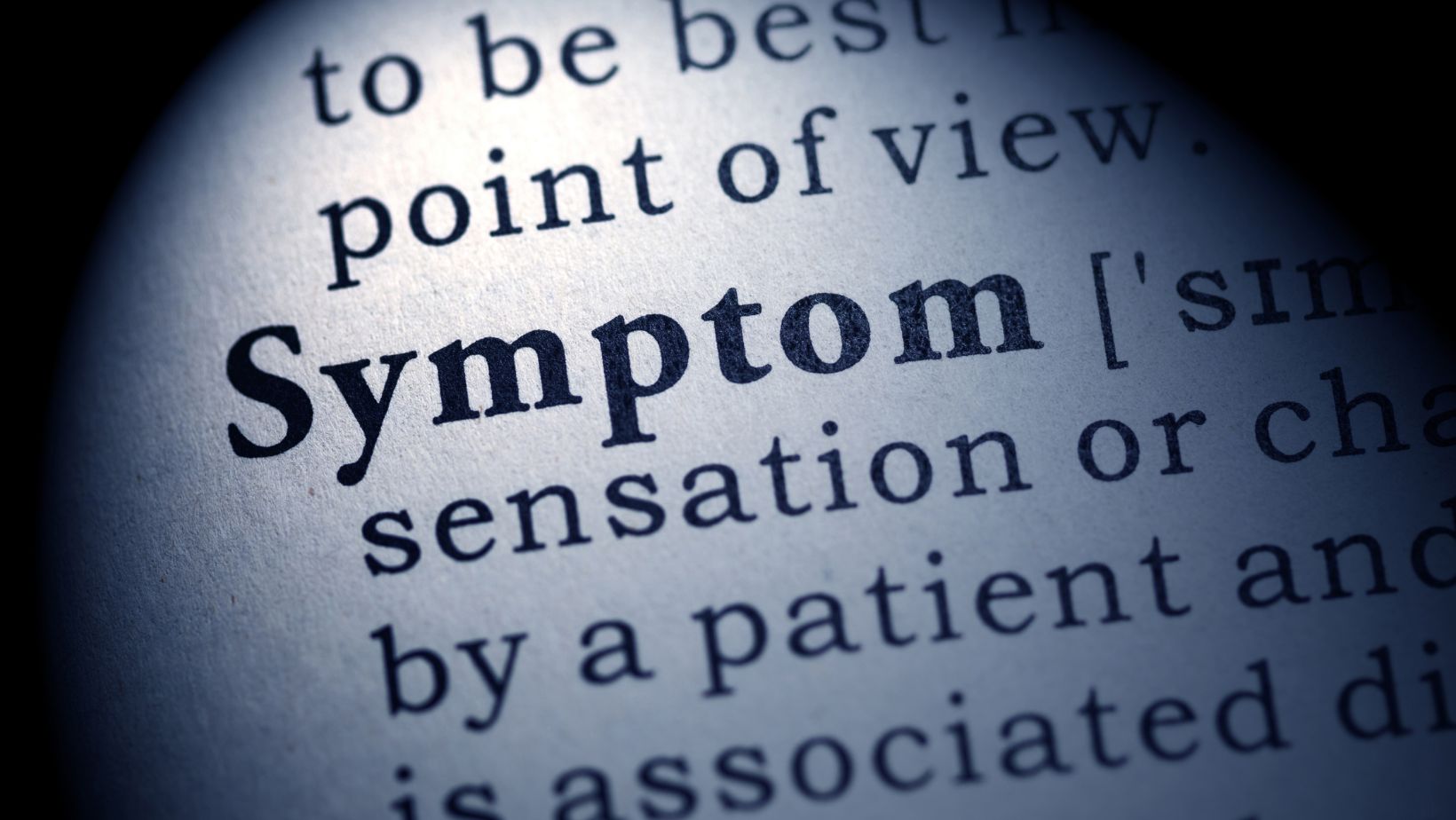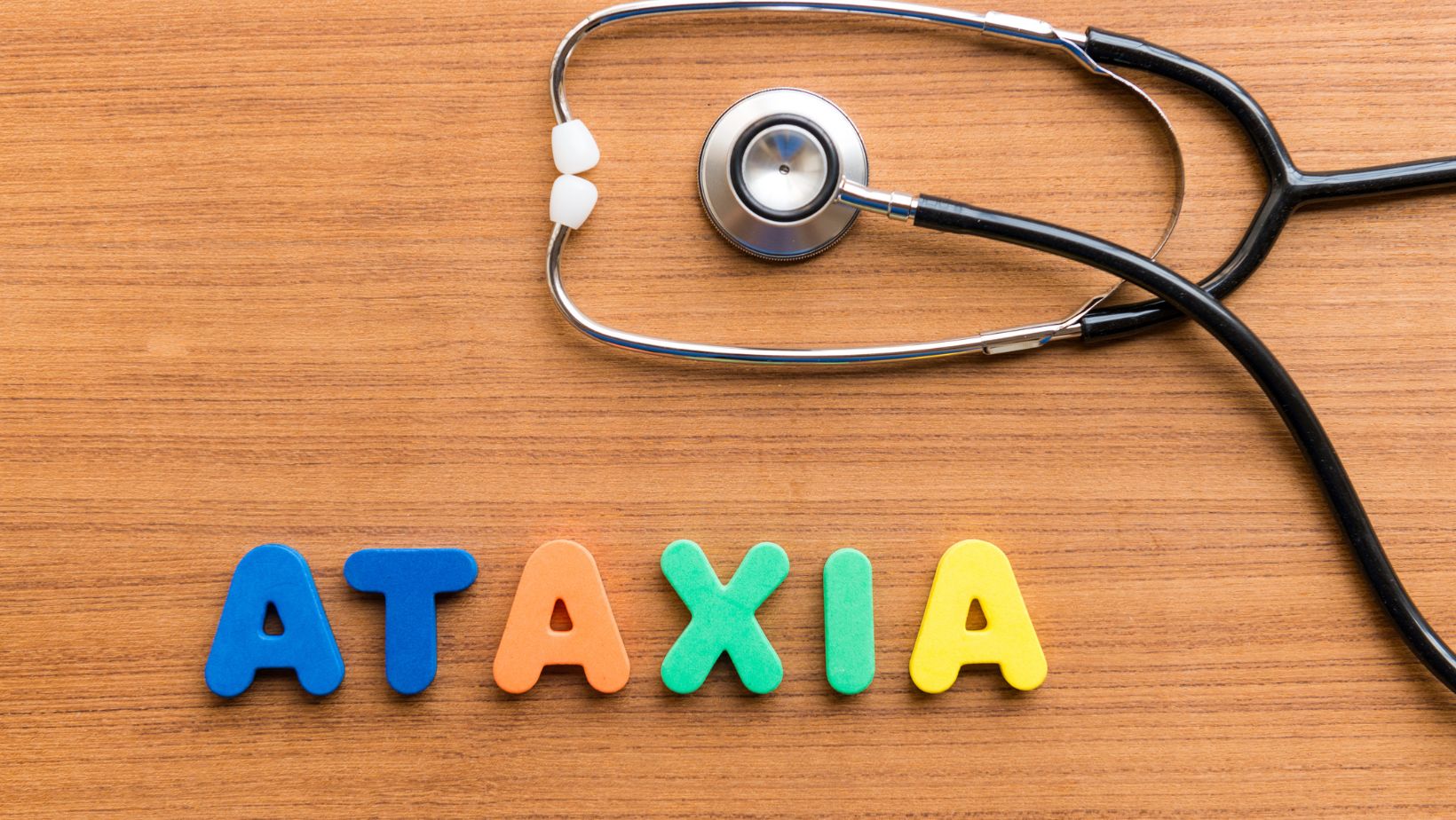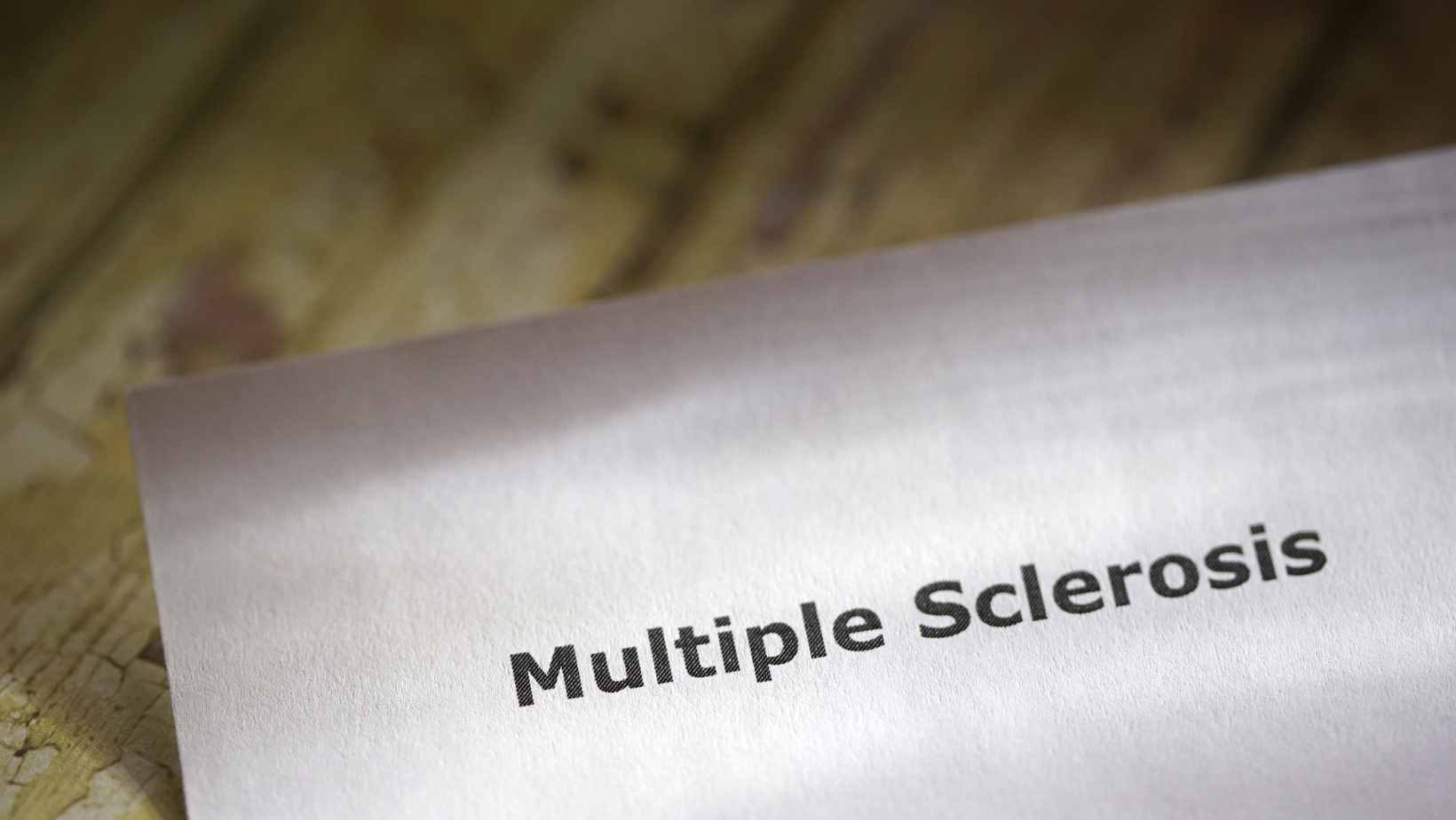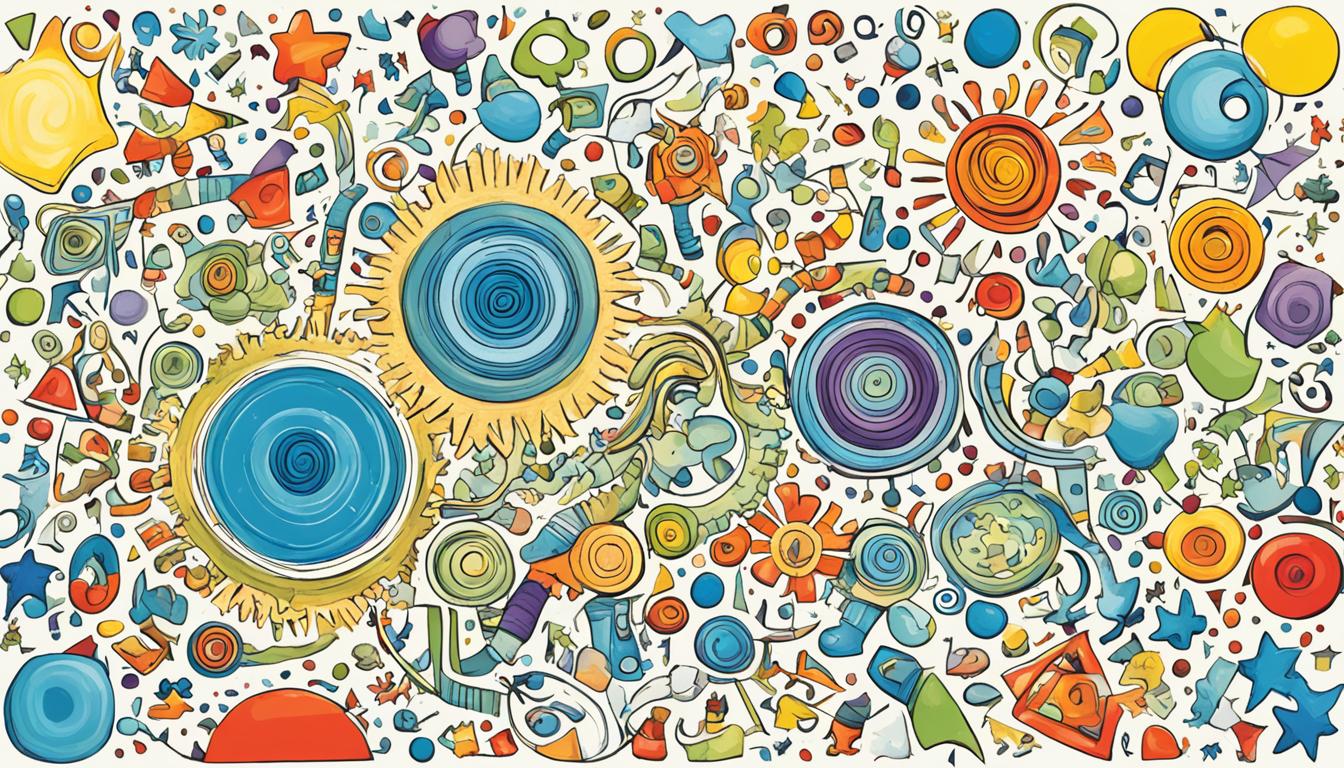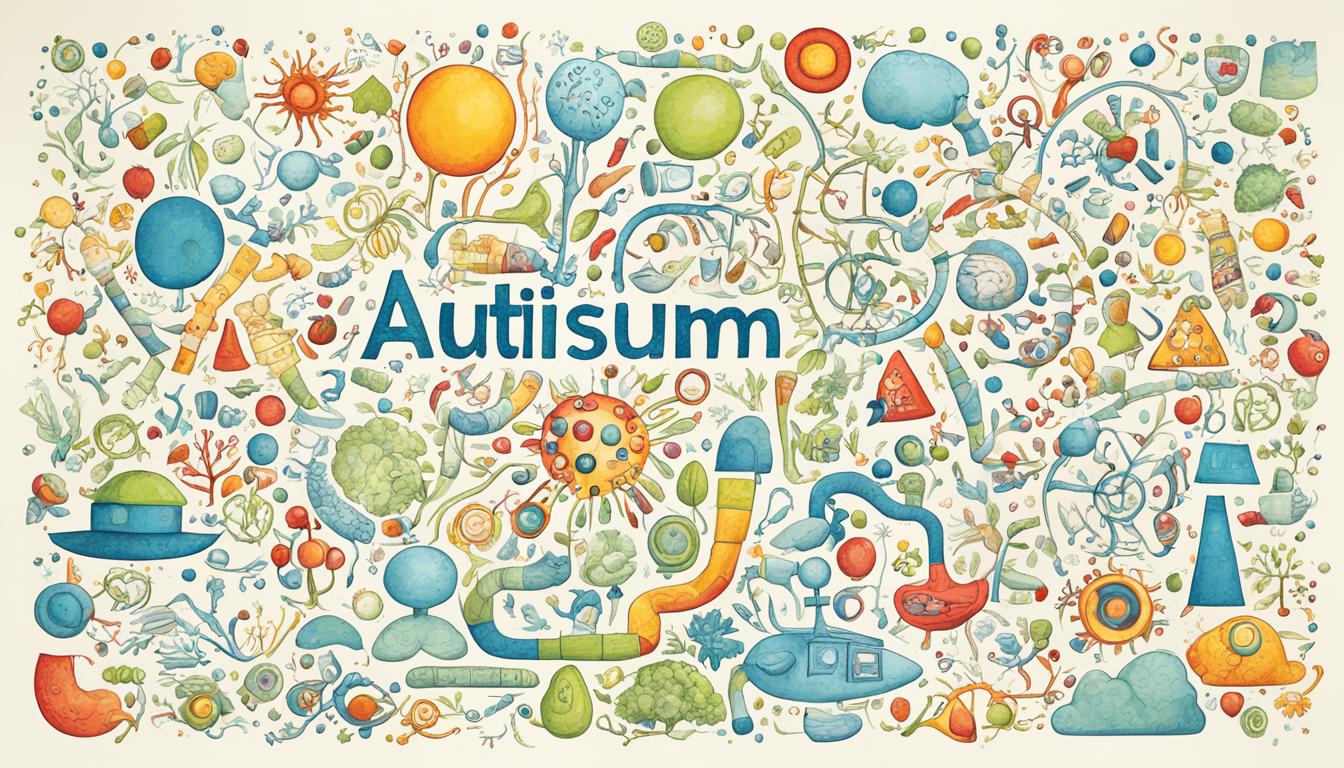Effective Polymyositis Treatment: Medical and Therapeutic Approaches
Polymyositis is a rare condition that weakens muscles due to inflammation. This article focuses on…
Effective Benign Peripheral Nerve Sheath Tumor Treatment: Medical and Surgical Approaches
These tumors form around your peripheral nerves and can lead to pain, numbness, tingling, and…
Effective Opsoclonus Myoclonus Syndrome Treatment
Opsoclonus myoclonus syndrome (OMS) is a rare condition that often affects children and can make…
Understanding Progressive Supranuclear Palsy: Causes, Symptoms, and Treatment
Progressive supranuclear palsy (PSP) is a rare and complex brain disorder. It causes problems with…
Effective Progressive Supranuclear Palsy Treatment: Medical and Supportive Approaches
If you've just been diagnosed or are already dealing with PSP's challenges, this article is for…
Best Energy Drinks for Studying – Backed by Science & Neurology
The best energy drinks for studying are more than a caffeine kick. They affect your brain…
What is Guillain Barre Syndrome? An Overview
If you're unfamiliar with Guillain Barre Syndrome (GBS), it's a rare but serious nerve problem. Our…
Recognizing Guillain Barre Syndrome Symptoms: Early Signs
Guillain Barre Syndrome (GBS) is rare. It makes your immune system attack your nerves. This leads…
The 7 Stages of Frontotemporal Dementia: A Progression Overview
7 stages of frontotemporal dementia explain how this condition usually moves from small, odd…
What is Frontotemporal Dementia? A Detailed Explanation
Frontotemporal dementia (FTD) is a group of disorders. They happen when nerve cells in the brain's…
Essential Tremor Symptoms: Recognizing the Signs
Essential Tremor Symptoms: Recognizing the Signs Essential tremor is a type of movement disorder.…
Giant Cell Arteritis Treatment: What to Expect
If you've been diagnosed with giant cell arteritis (GCA), it's normal to feel worried. This type of…
What is Giant Cell Arteritis? An In-Depth Look
Giant cell arteritis (GCA) is the most common vasculitis in adults. It causes inflammation of…
Identifying Epilepsy Symptoms: What You Need to Know
Epilepsy is a disorder that causes seizures. Seizures are bursts of electrical activity in the…
Epilepsy Treatment: Modern Medical Approaches
Epilepsy is a chronic neurological disorder. It is known for causing seizures. These seizures are…
Alternative Treatments for Epilepsy: Exploring Non-Traditional Options
If you or a loved one has epilepsy, you might look at treatments beyond the usual drugs. In the…
What is Epilepsy? Understanding This Neurological Disorder
Epilepsy is the fourth most common neurological disorder in the world. It affects around 3 million…
Effective Treatments for Gait Disorders: Approaches and Therapies
Have you ever felt unsteady while walking or seen an older adult struggle to move confidently? That…
Gait Disorder Causes: An Informative Guide
Gait is how you walk, and it's key to moving smoothly and staying balanced. But some injuries or…
What is a Gait Disorder? A Comprehensive Overview
Have you seen someone walk oddly, like dragging their toes or taking big steps? This shows they…
Define Encephalopathy Symptoms: Early Signs and Indicators
Encephalopathy is a change in how the brain works. It can cause various mental and physical…
Exploring Encephalopathy Causes: A Comprehensive Guide
Encephalopathy is a neurological disorder that affects brain function. It can greatly impact health…
Understanding Encephalitis Symptoms: What to Look For
Encephalitis is a serious illness that causes the brain to swell. This swelling can happen because…
Duchenne Muscular Dystrophy Treatment Options
Duchenne muscular dystrophy (DMD) is a rare and serious genetic condition. It causes progressive…
What Is Duchenne Muscular Dystrophy?
Duchenne muscular dystrophy (DMD) is not common. It affects mostly young boys. They face issues…
Hepatic Encephalopathy Treatments: Options and Approaches
This illness is a serious complication of chronic liver disease. It can cause changes in mental…
4 Types Of Guillain Barre syndrome A Classification Guide
Guillain-Barré syndrome or GBS is a rare disorder linked with infections. It happens when the…
Guillain-Barré Syndrome Treatment Options
Guillain-Barré syndrome (GBS) is a immune mediated neurological disorder. The immune system wrongly…
Treatment For Diabetic Neuropathy
Diabetic neuropathy is a severe problem of diabetes. It can lead to nerve damage. This causes pain,…
Understanding the Causes of Hereditary Spastic Paraplegia
Have you or someone you love been diagnosed with hereditary spastic paraplegia (HSP)? If so, you're…
What is Hydrocephalus? Understanding the Condition
Hydrocephalus is a brain disorder. It happens when too much fluid builds up in the brain. This…
Recognizing Ischemic Stroke Symptoms: What to Look For
Ischemic strokes are a major health issue, making up 85% of all strokes and it happens when a blood…
Aneurysmal Subarachnoid Hemorrhage (SAH)
A Aneurysmal Subarachnoid Hemorrhage is a medical emergency. It happens when a weak area in a brain…
Mysteries of Alzheimer's and Dementia
If you have ever walked into a room and forgotten why or watched a loved one slowly forget the…
Cluster Headaches: How to treat
If you are experiencing severe and debilitating cluster headaches, it's crucial to find a cluster…
Dandy Walker Syndrome Symptoms
Welcome to the first section of our article on Dandy Walker Syndrome. In this section, I will…
Treatments For Dementia
As someone who has witnessed the impact of dementia on my loved ones, I understand the importance…
CRPS Treatment: Physical Therapy Solutions
Hello! I'm glad you've found your way to this article on CRPS treatment and physical therapy's role…
Understanding Complex Regional Pain Syndrome Type 1
CRPS type 1 is a chronic pain condition that often occurs after an injury or medical event like…
Understanding Spastic Quadriplegic Cerebral Palsy
Spastic quadriplegic cerebral palsy affects both the arms and legs, as well as the trunk and face,…
What Causes Dementia?
Welcome to our article where we will explore the causes of dementia and the underlying factors…
Diabetic Neuropathy Symptoms
Welcome to our blog post where we will discuss the symptoms associated with diabetic neuropathy, a…
Symptoms Of Dementia
Understanding the symptoms of dementia early on can make a big difference in managing the condition…
Brachial Plexus Injury Newborn Treatment Options
Welcome to our article on brachial plexus injury newborn treatment. If your baby has been diagnosed…
Brachial Plexus Birth Injury Recovery Insights
What if your newborn couldn’t move their arm right after birth? For any parent, that’s a terrifying…
Effective Brachial Plexus Injury Treatment Options
In this article, we'll explore the comprehensive treatment approaches, both surgical and…
Recognizing Early Signs of Cervical Dystonia
Cervical dystonia, also known as spasmodic torticollis, is a rare neurological disorder that is…
Cerebral Palsy Diagnosis - Key Facts
Are you familiar with cerebral palsy? Do you know the key facts about its diagnosis? If not, don't…
4 Tips For Diabetic Neuropathy Self-care
Are you feeling a constant burning or tingling in your feet? Do your toes feel numb at night or…
What Is Dandy Walker Syndrome ?
Lets discuss a rare condition called Dandy Walker Syndrome. It is a brain malformation that affects…
Relax your mind in Summer | Mindful Practices For Summer Relaxation
Unwind and Embrace Summer Serenity: Your Guide to Mindful Relaxation. As the sun beckons and the…
How To Balance Productivity And Rest | Work Life Balance
Rest and productivity are deeply linked. When you chase work alone and skip rest, both quality and…
How To Relax When You Are Feeling Stressed | Stress Management
Feeling stressed can take a toll on your physical, mental, and emotional well-being. However, there…
Understanding CRPS: Key Stages Explained
Complex regional pain syndrome (CRPS) is a neuropathic pain disorder that affects individuals…
Trigeminal Nerve Cluster Headache: Causes and Relief
Did you know that cluster headaches are so painful they’re often called “suicide headaches”? This…
Effective Preventive Remedies for Cluster Headaches Relief
Cluster headaches are a severe type of headache that can occur in episodes, causing intense pain…
Cluster Headache Triggers List - What to Avoid?
Cluster headache triggers list is one of the most important things every patient must understand.…
Understanding Traumatic Encephalopathy Syndrome
Welcome to our article on Traumatic Encephalopathy Syndrome, a rare brain disorder that is caused…
Cerebral Traumatic Encephalopathy: A Guide
Cerebral traumatic encephalopathy (CTE) is characterized by the progressive buildup of a protein…
Chronic Cluster Headaches: Symptoms & Relief
Do you wake up with a stabbing pain behind one eye, night after night, almost like clockwork? If…
Chronic Fatigue Syndrome Cure: New Insights
Welcome to our article on chronic fatigue syndrome (CFS) and the latest advancements in its…
Complex Regional Pain Syndrome Diagnosis Guide
Diagnosing CRPS is a complex process that relies on a thorough physical examination and evaluation…
Understanding Ataxic Cerebral Palsy - Key Facts
In this article, we will provide you with key facts about ataxic cerebral palsy which affects…
Charcot Marie Tooth Disease Diagnosis Guide
Welcome to our comprehensive guide on the diagnosis of Charcot Marie Tooth disease (CMT). If you or…
Innovative Brain Cancer Treatment Options
As someone who has witnessed the impact of brain cancer on individuals and families, I am thrilled…
Understanding Different Types of Brain Tumors: A Comprehensive Guide
Welcome to our comprehensive guide on types of brain tumors! In this article, I will provide…
Relief for CRPS: Sympathetic Nerve Block Info
Lets provide you with information on an effective treatment option for chronic regional pain…
CRPS Alternative Treatments: Hopeful Options
Does your pain feel like a fire that won’t go out? Wondering what if the pain never stops? If you…
Understanding Types of Brain Cancer Explained
Hello, India! Today, I want to talk to you about an important topic that affects many people: brain…
5 Effective Methods for Brain Tumor Treatment without Surgery
Brain tumor treatment without surgery is no longer a distant hope. Medical science has evolved to…
Natural Remedies For Cluster Headaches
Natural remedies for cluster headaches are becoming an important topic for patients who suffer from…
Understanding Chronic Traumatic Encephalopathy Symptoms
In the first section, we will explore the symptoms of this brain disorder that is caused by…
Cervical Dystonia Symptoms: Early Signs and Relief
If you're experiencing abnormal neck movements or pain, you may be dealing with cervical dystonia,…
Understanding the Cause of Cerebral Palsy
There are various factors that can contribute to the development of cerebral palsy. These include…
Charcot Marie Tooth Life Expectancy Insights
Welcome to our article on Charcot Marie Tooth (CMT) disease and its impact on life expectancy. CMT…
Understanding Autism Spectrum Disorder Essentials
Autism spectrum disorder is a complex condition that encompasses a wide range of disorders with a…
Ataxia Symptoms in Adults: Spot the Signs
Are you experiencing difficulties with coordination, balance, or muscle control? It's essential to…
What Is Arnold Chiari Malformation?
Welcome to our article series on Arnold Chiari Malformation, a group of deformities affecting the…
Cerebellar Ataxia Treatment Options Explored
Welcome to our article on cerebellar ataxia treatment options. If you or someone you know is living…
Understanding Chronic Fatigue Syndrome
Chronic fatigue syndrome, also known as myalgic encephalomyelitis (ME) or systemic exertion…
Effective Bell's Palsy Treatment Options
Bell's palsy is a condition that can cause sudden paralysis of the facial muscles, resulting in…
How to deal with dementia patients
Caring for Loved Ones with Dementia: A simple guide for people with Alzheimer's Understanding…
Understanding Ataxia Telangiectasia Fundamentals
Welcome to our comprehensive guide on Ataxia Telangiectasia, a rare genetic disorder that affects…
Effective Ataxia Management: Physical Therapy for Ataxia
If you or a loved one is living with ataxia, a neurological disorder that affects coordination and…
Ataxia New Treatment: Groundbreaking Advances
Are you or someone you know struggling with ataxia, a neurological condition that affects…
Exploring Friedreich's Ataxia Treatment Options
If you or a loved one is living with Friedreich's ataxia, understanding the available treatment…
Understanding Cerebellar Ataxia Symptoms
Do you experience balance and coordination issues? Are you struggling with muscle control and…
Charcot Marie Tooth Disorder: Symptoms & Treatment
Welcome to our article on Charcot Marie Tooth disorder. If you or a loved one have been diagnosed…
CTE Treatment Options Explored - Stay Informed
Have you or someone you love been affected by repeated head injuries? Have memory problems, mood…
Unveiling Chronic Traumatic Encephalopathy Causes
Have you ever wondered why some athletes or soldiers suddenly start behaving differently years…
Friedreich's Ataxia Life Expectancy Insights
What if one diagnosis could change the course of a child’s life forever? That's the case for…
Understanding End Stage Cerebellar Ataxia
What if one day, walking across a room felt like climbing a shaky ladder? Or your hands refused to…
Understanding Adult Ataxia Symptoms
If you or a loved one are experiencing difficulty walking, balance problems, or changes in speech,…
Friedreich's Ataxia Symptoms – Know the Signs
If you or someone you know has been experiencing unsteadiness, difficulty walking, and other motor…
Friedreich's Ataxia Prognosis Insights and Facts
If you or someone you know has been diagnosed with Friedreich's ataxia, understanding the prognosis…
Effective Treatments for Multiple Sclerosis Ataxia
Do you feel wobbly on your feet or struggle to keep your balance with MS? You're not alone. Many…
Understanding Autism Spectrum Disorder Symptoms
Welcome to our informative article on understanding autism spectrum disorder symptoms. Autism is a…
Understanding Mild Autism Symptoms in Depth
Welcome to our comprehensive guide on mild autism symptoms, also known as autism spectrum disorder…
Understanding Autism Spectrum Disorder (ASD )
Autism Spectrum Disorder (ASD) is a diverse condition that affects individuals in varying ways. It…
Exploring the Causes of Autism: Insights & Research
Welcome to a comprehensive exploration of the causes of autism, where we delve into the latest…



